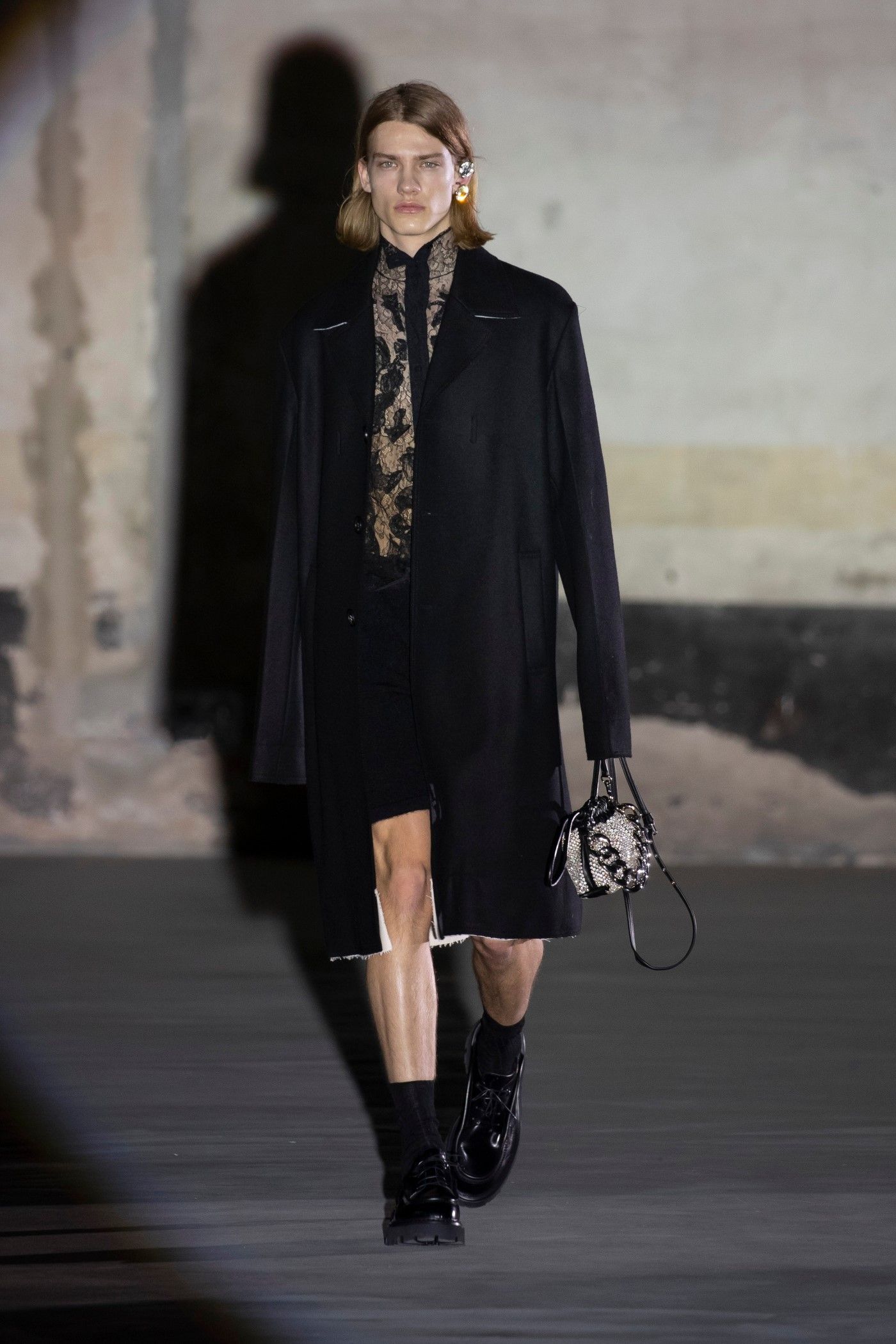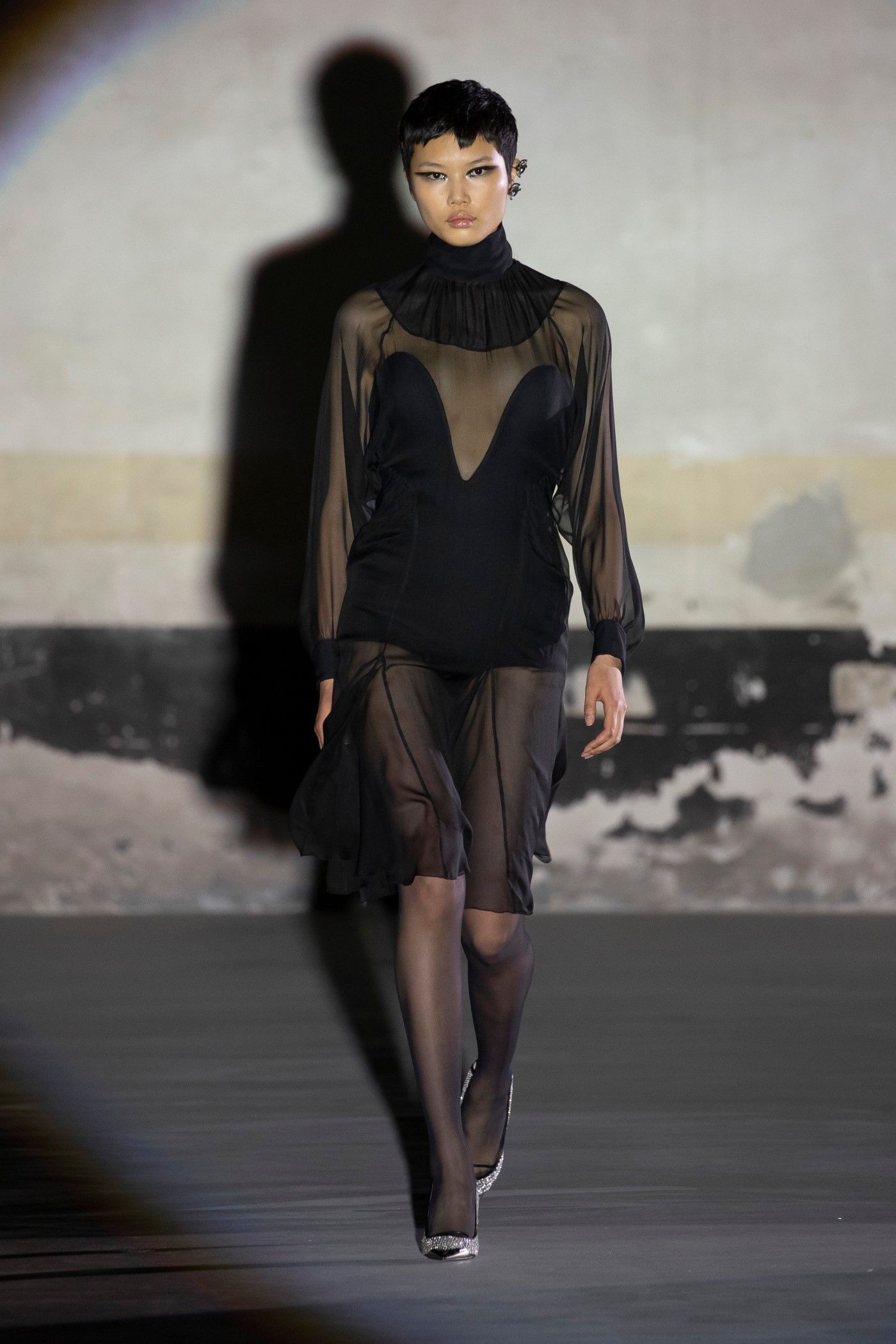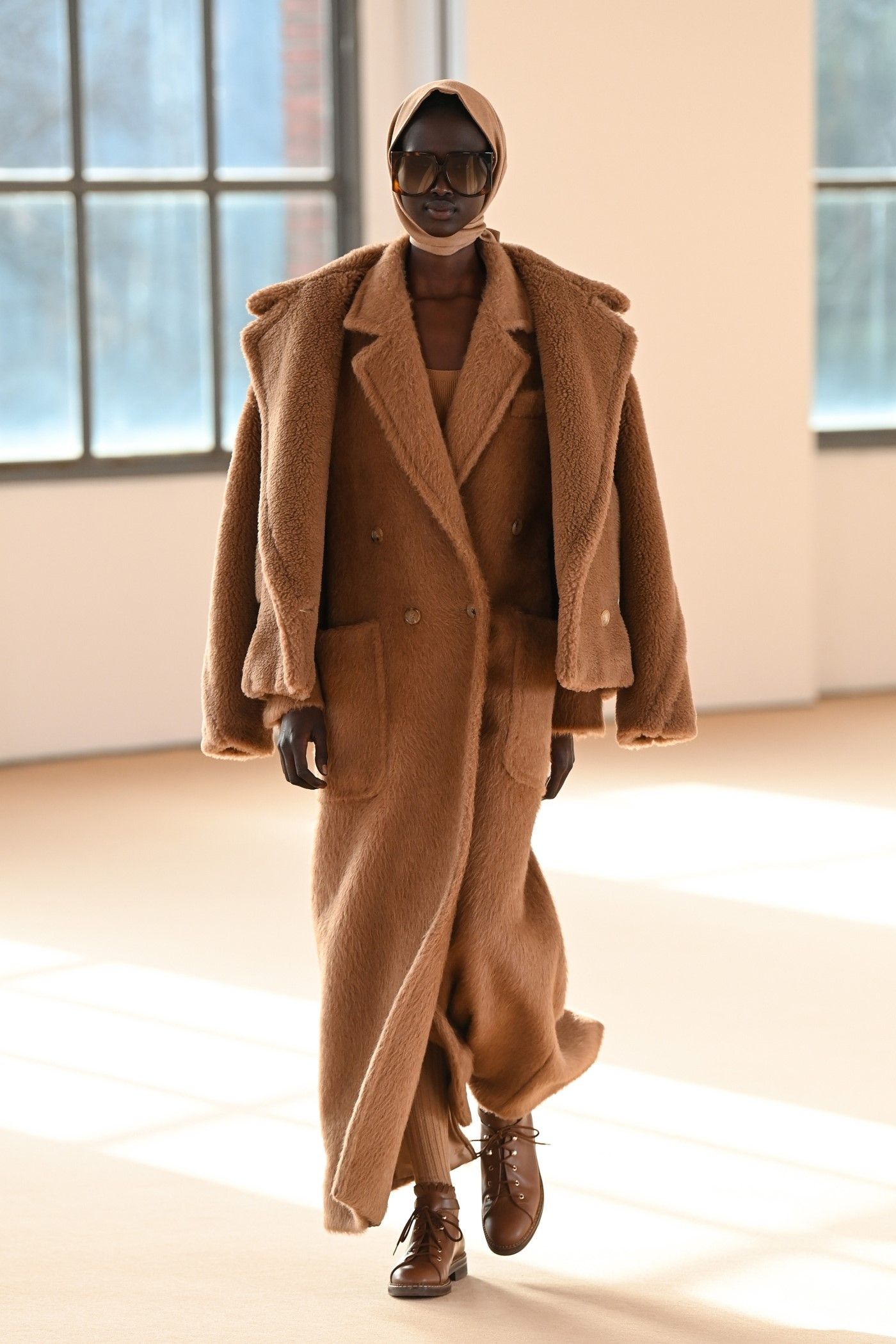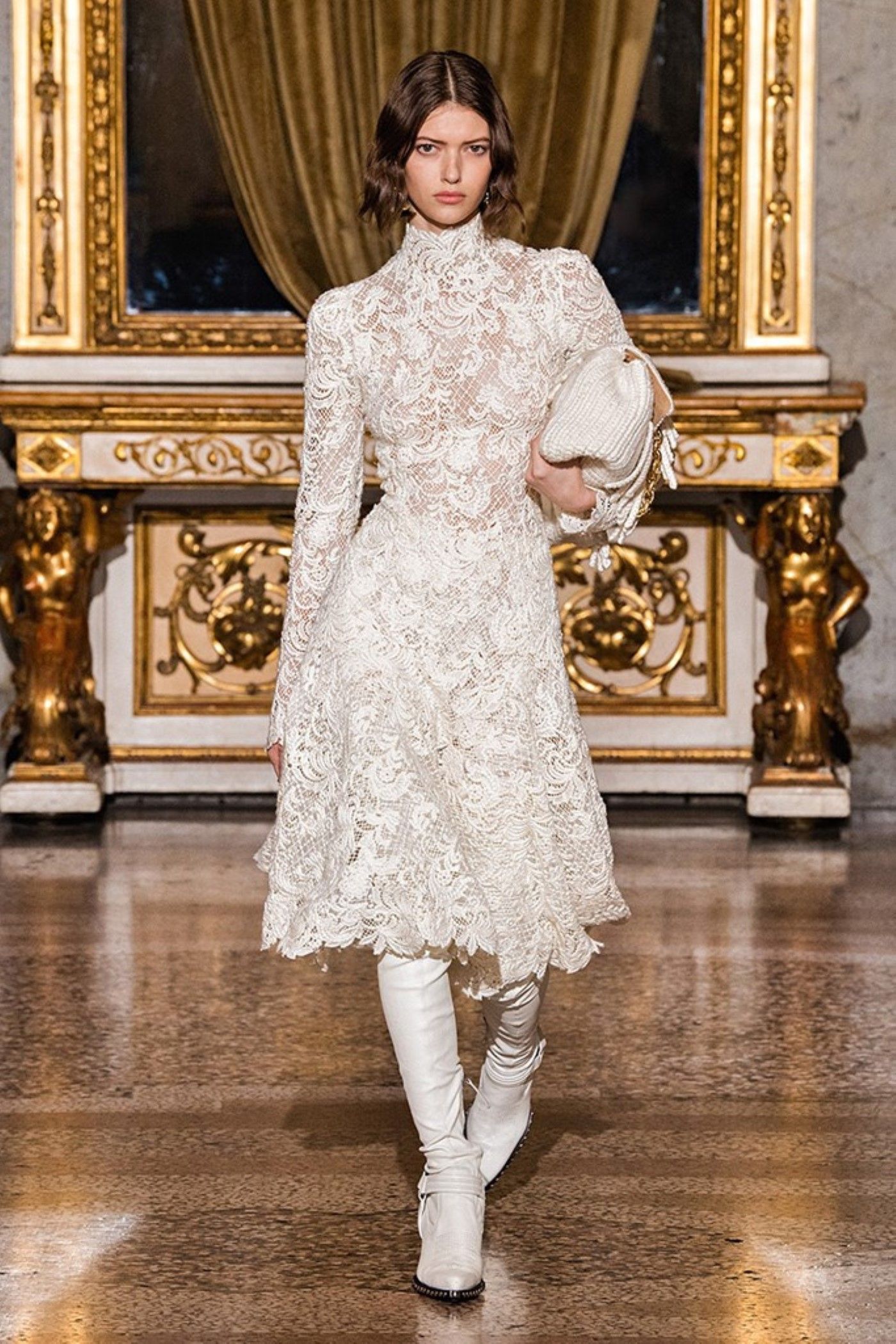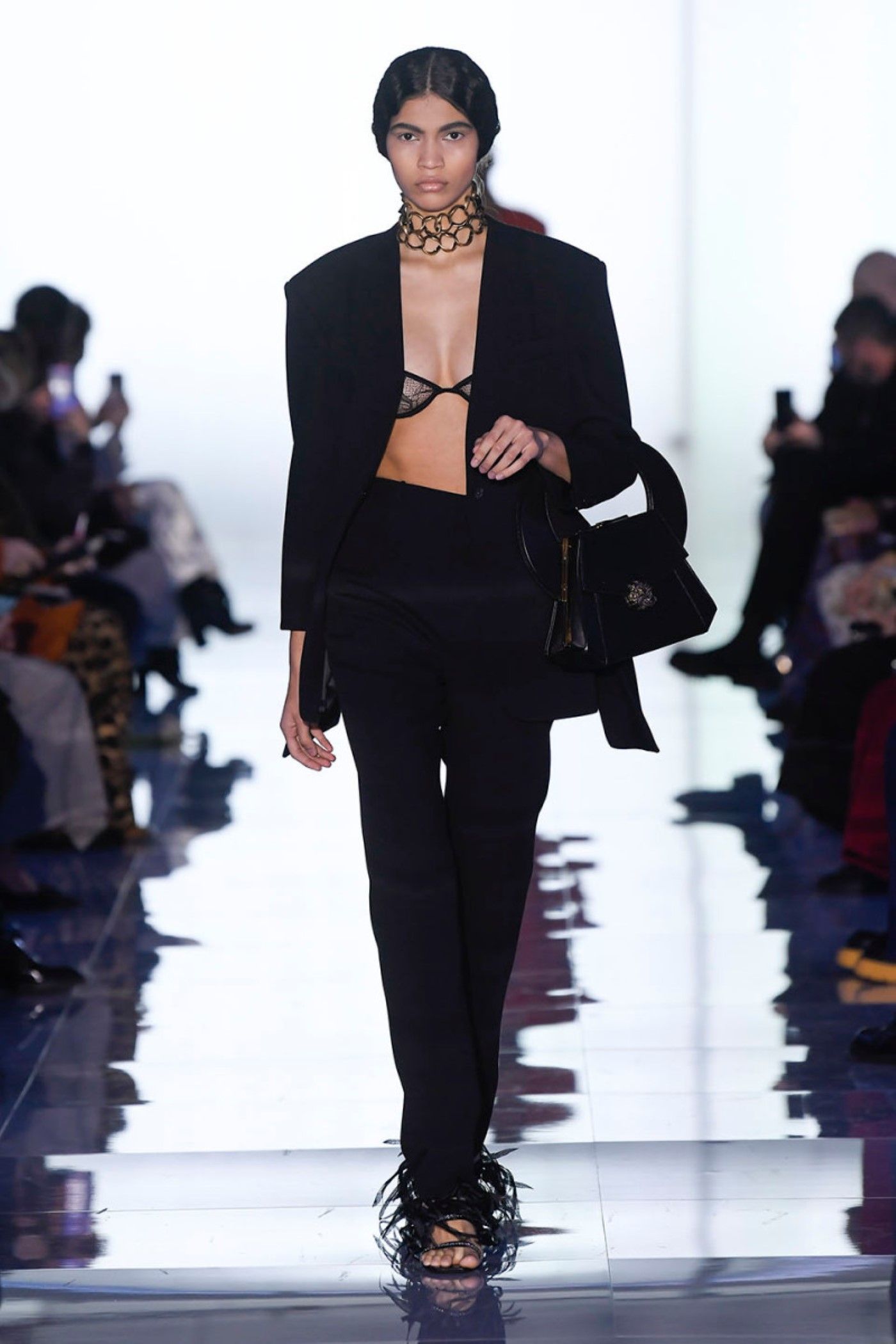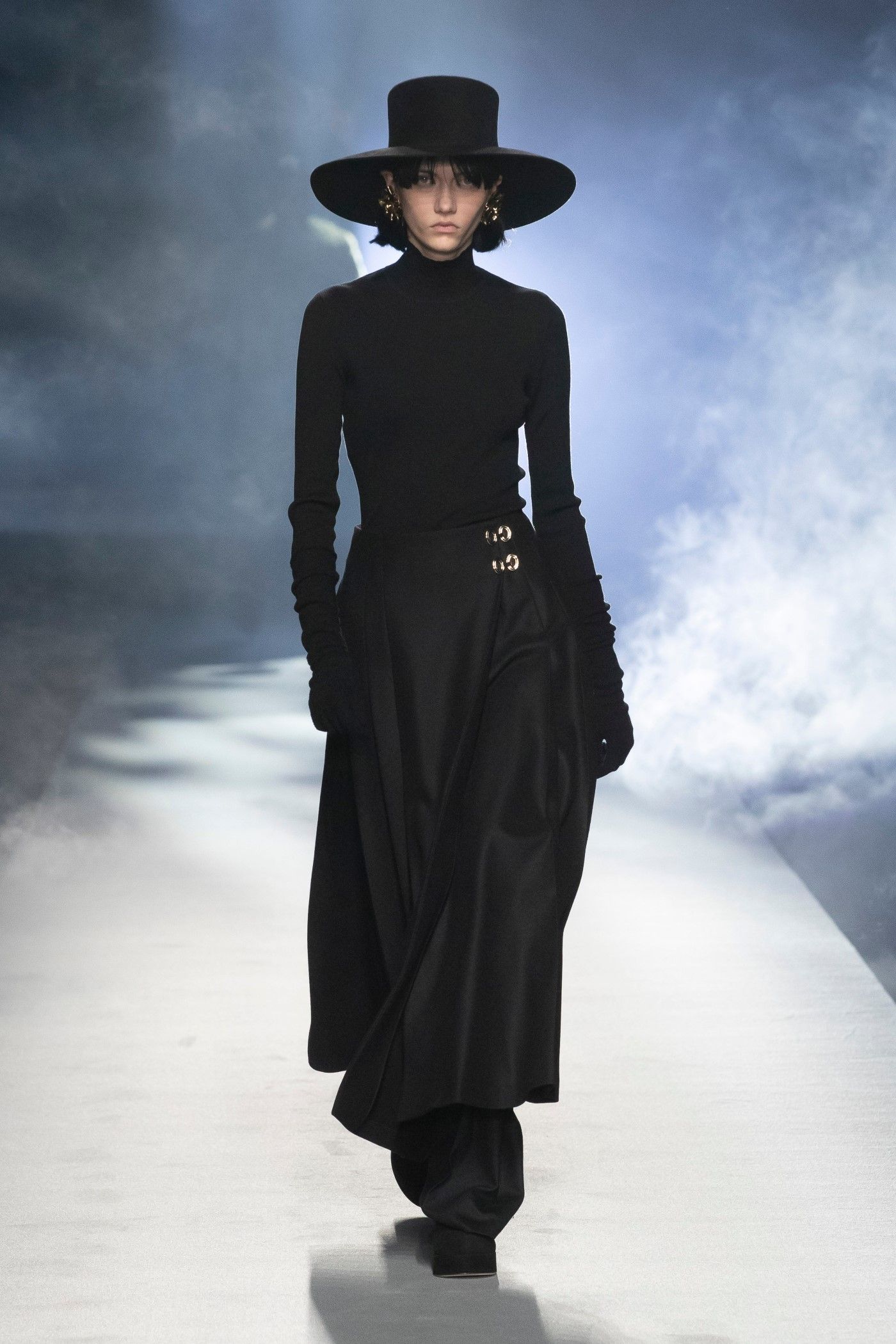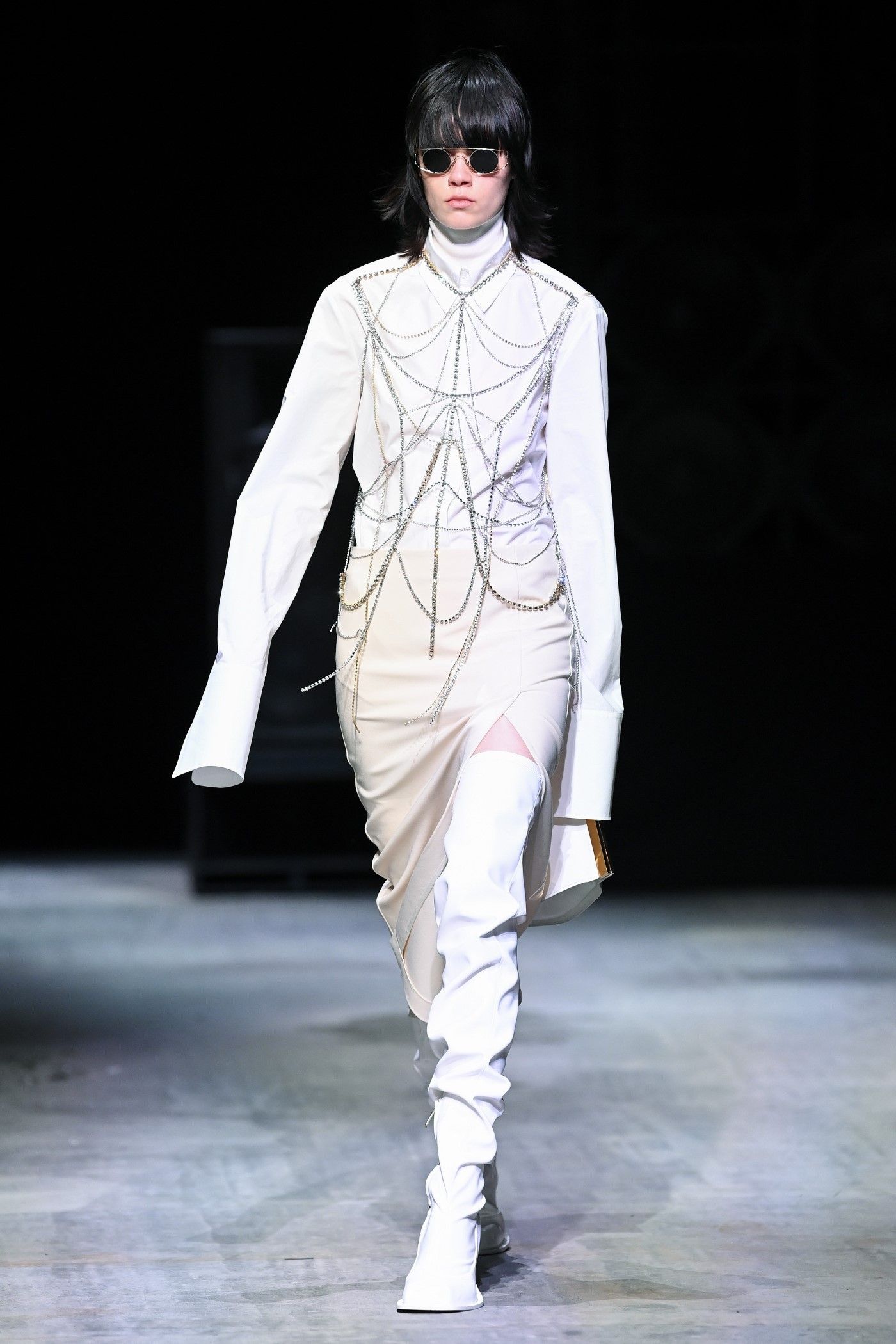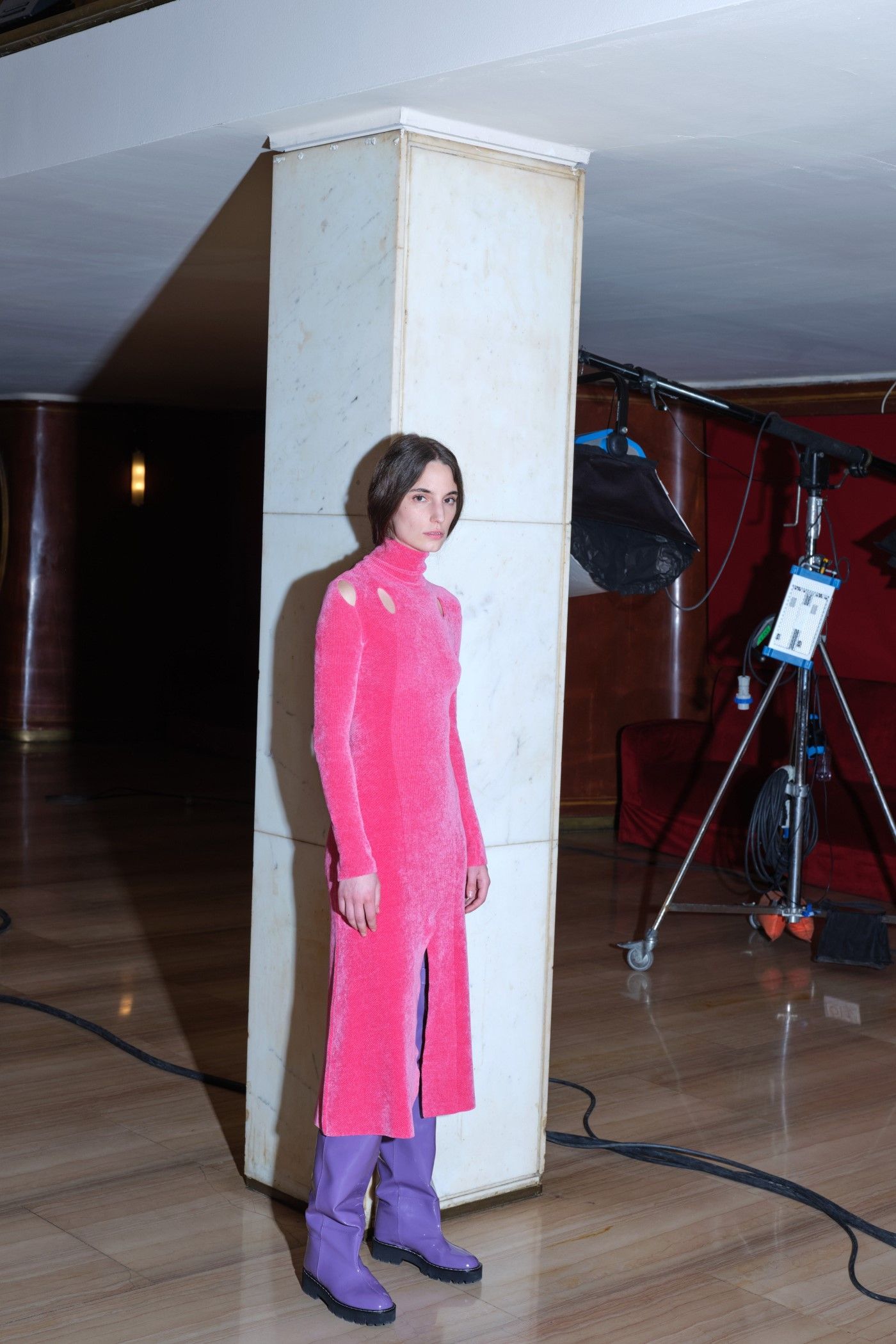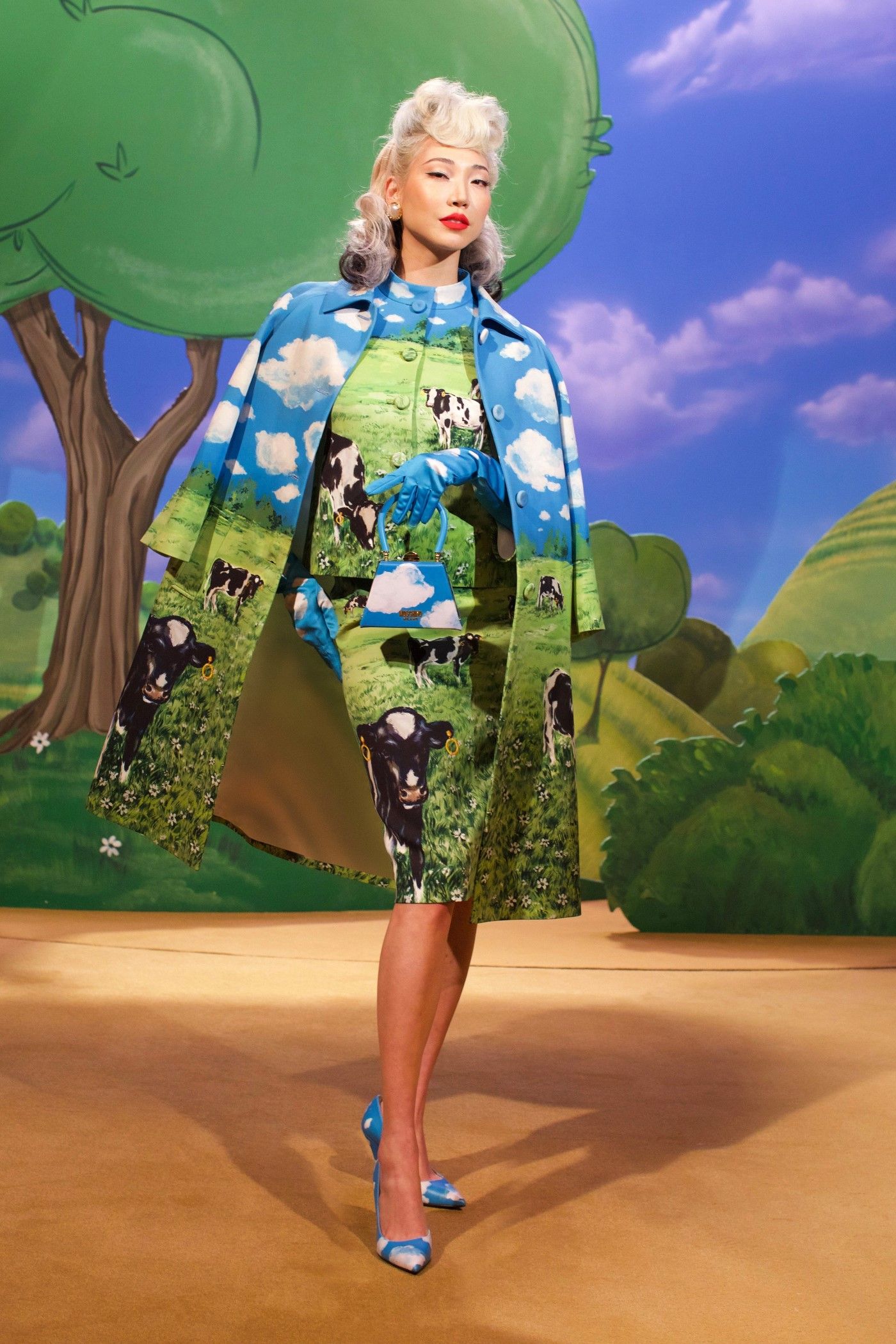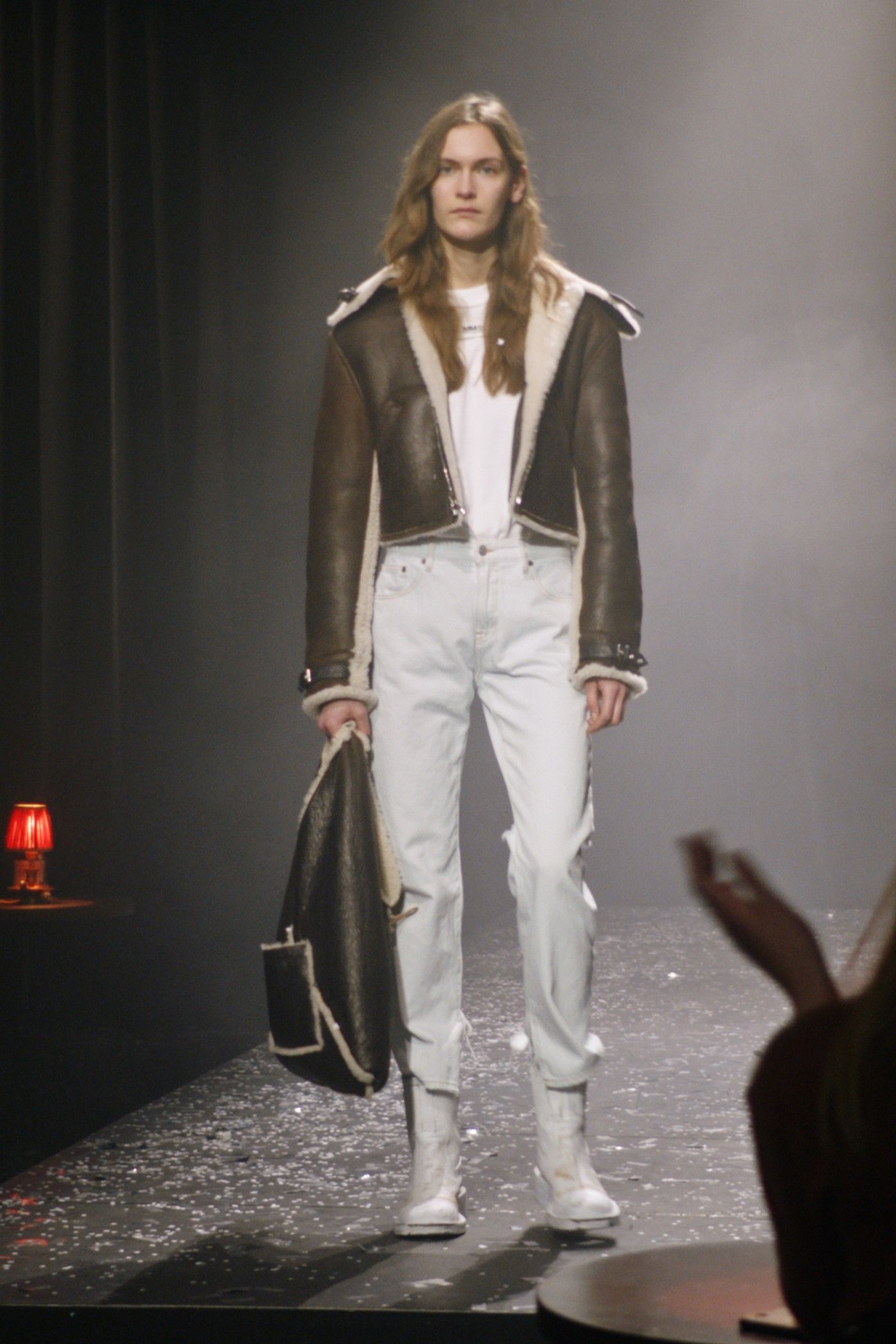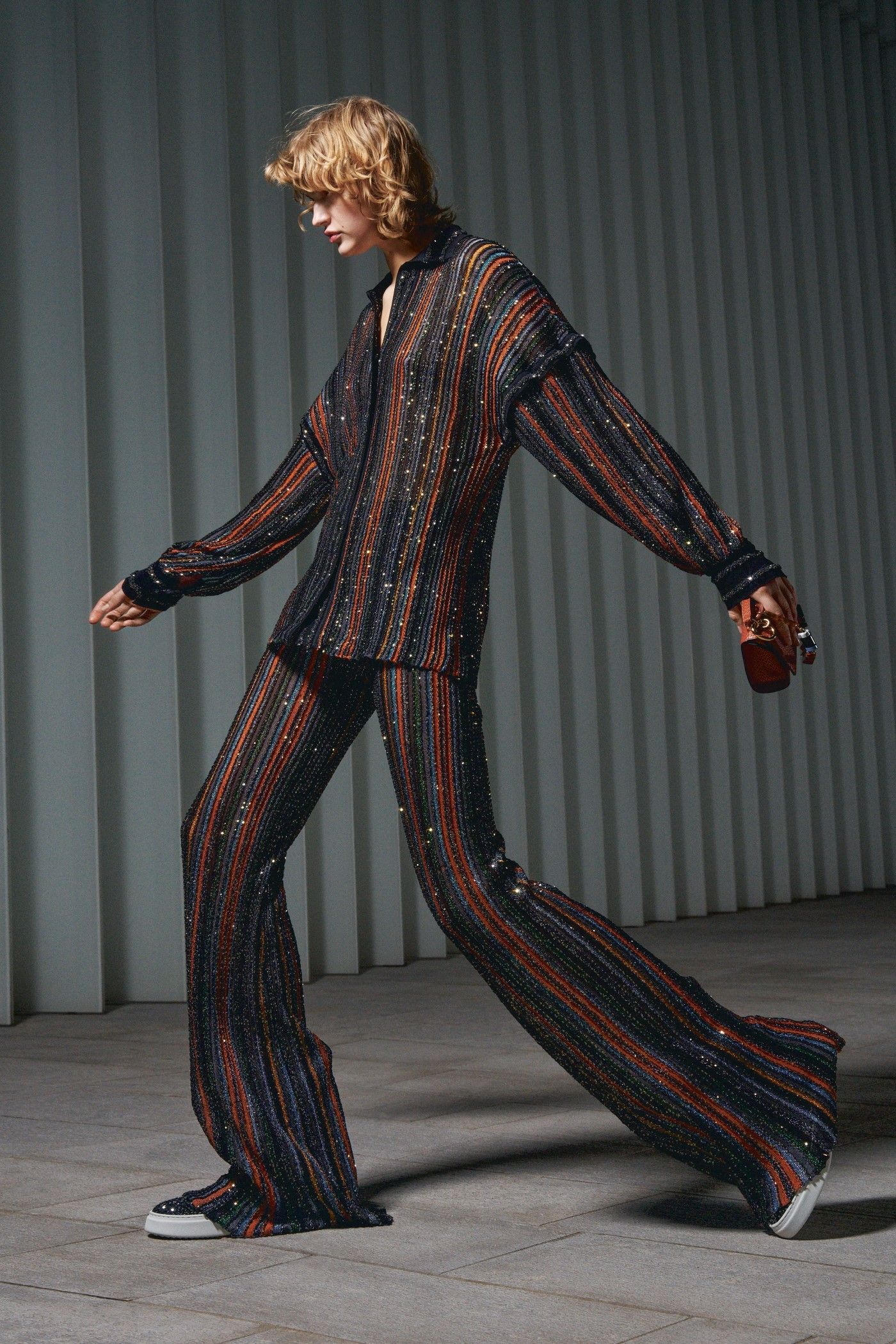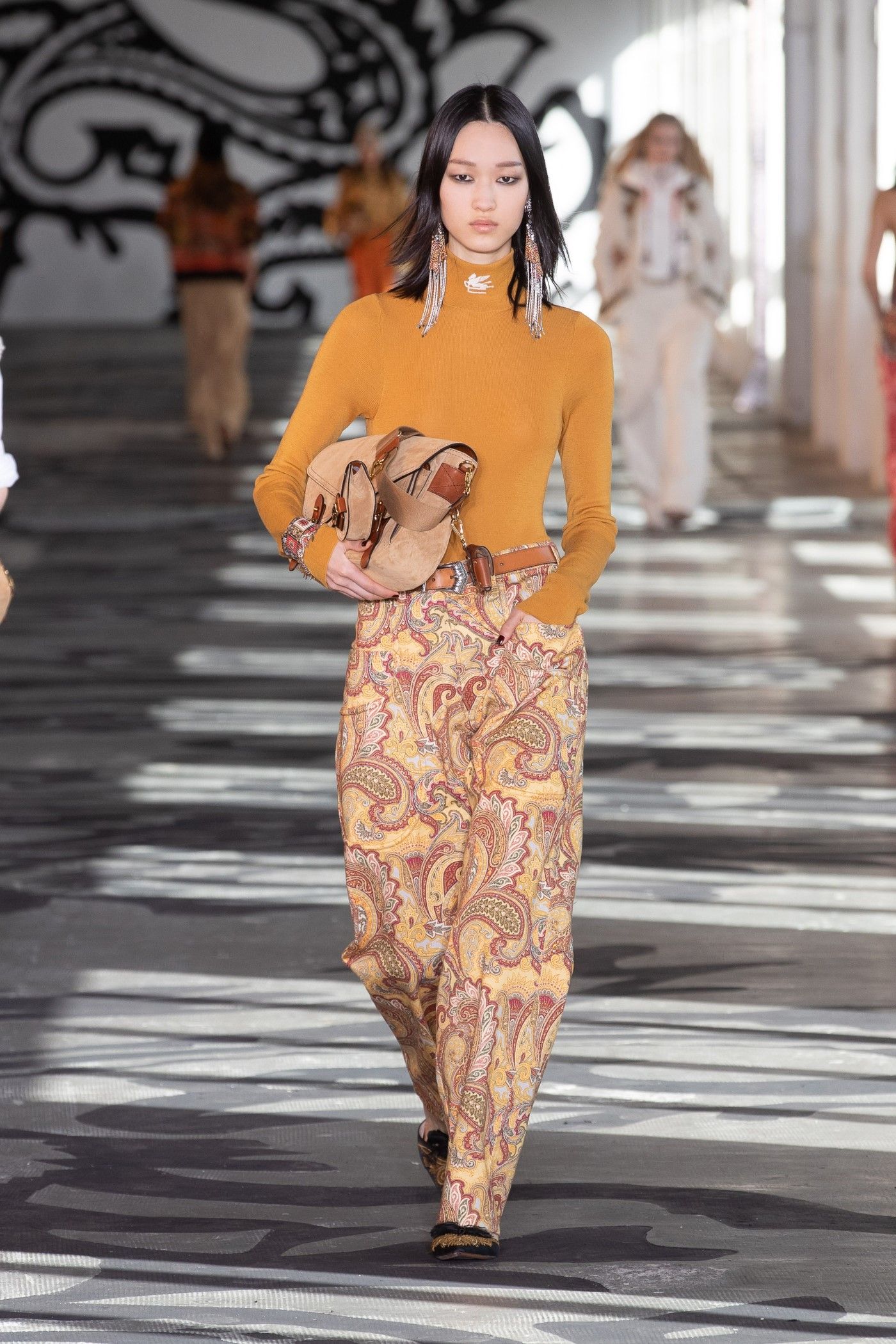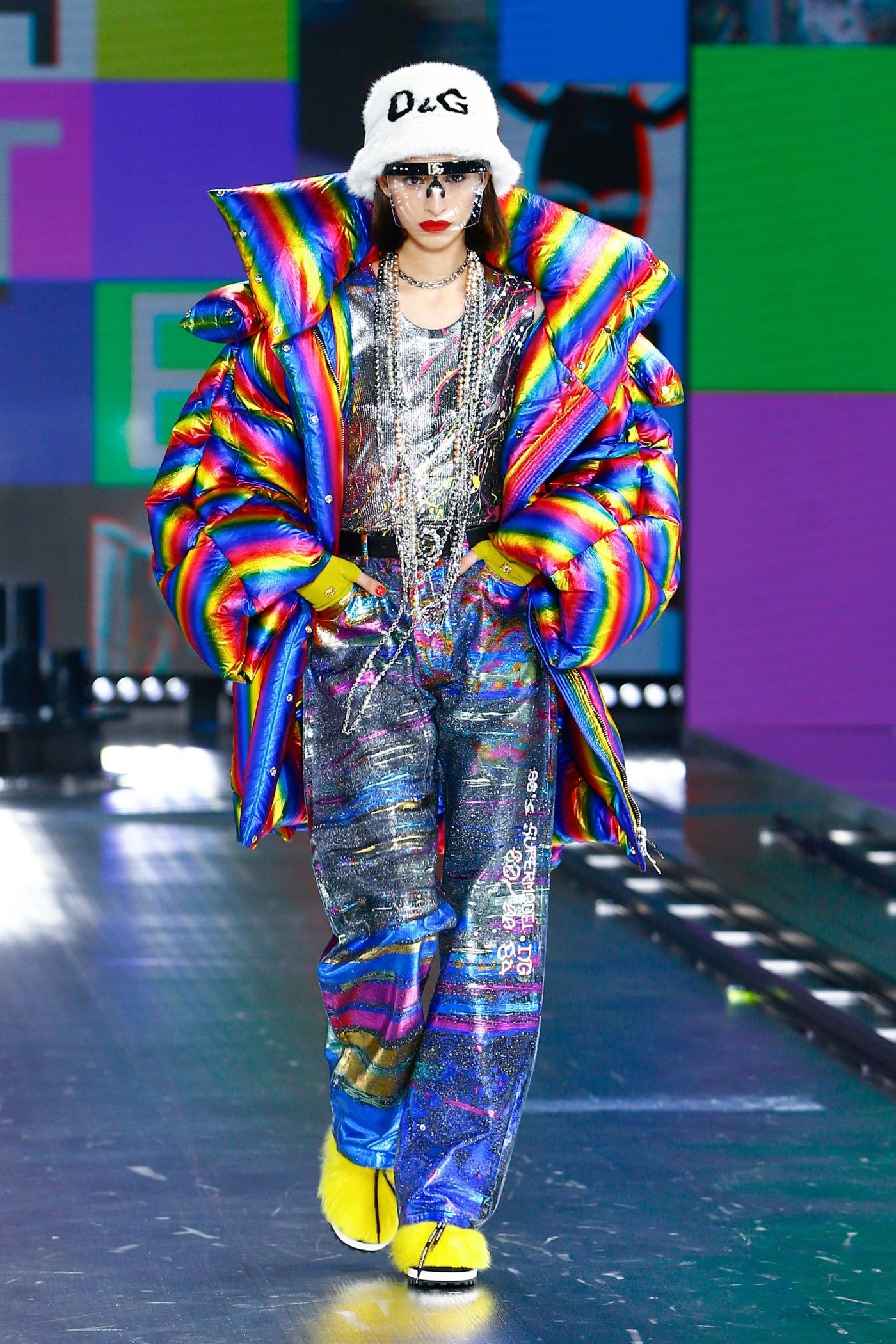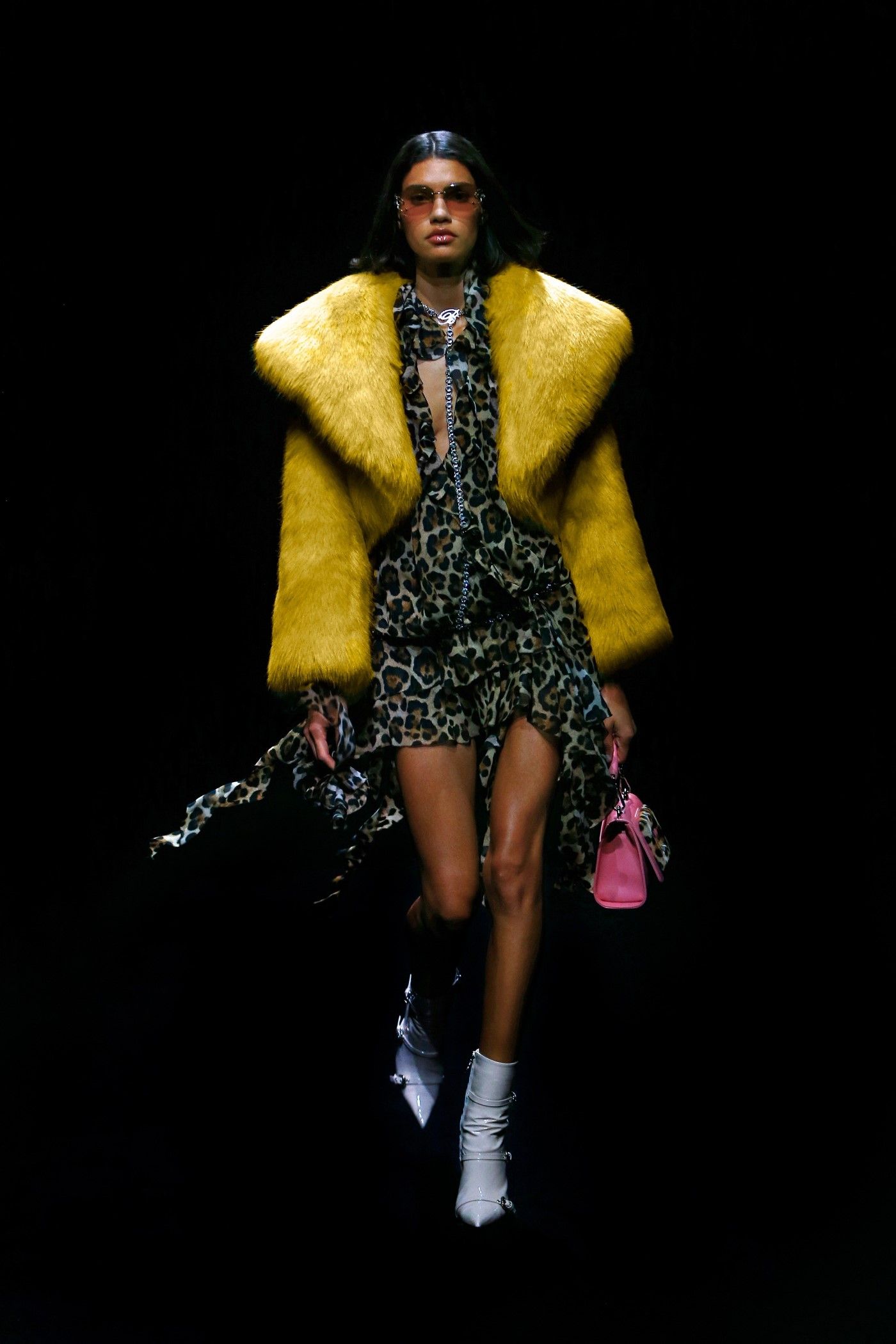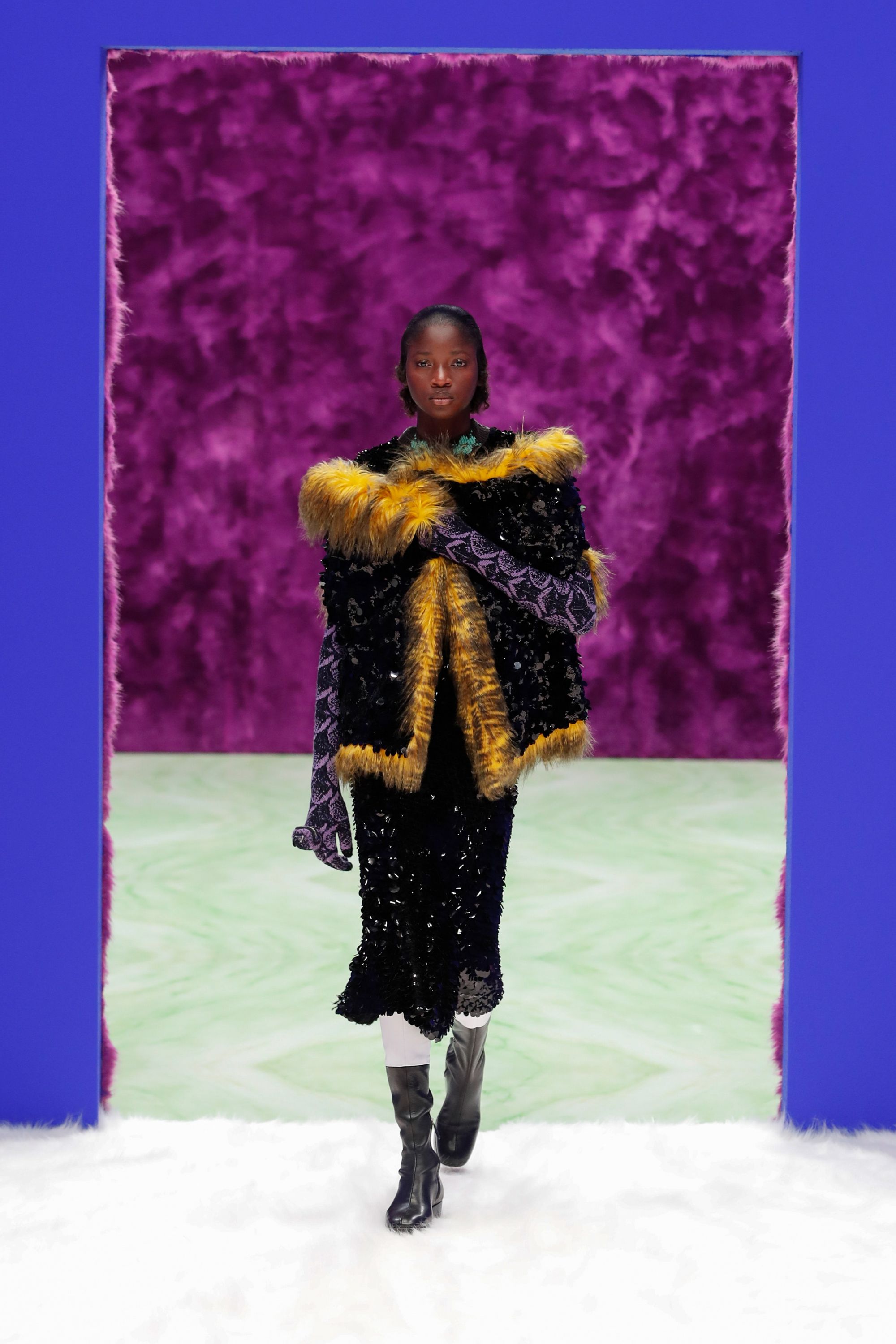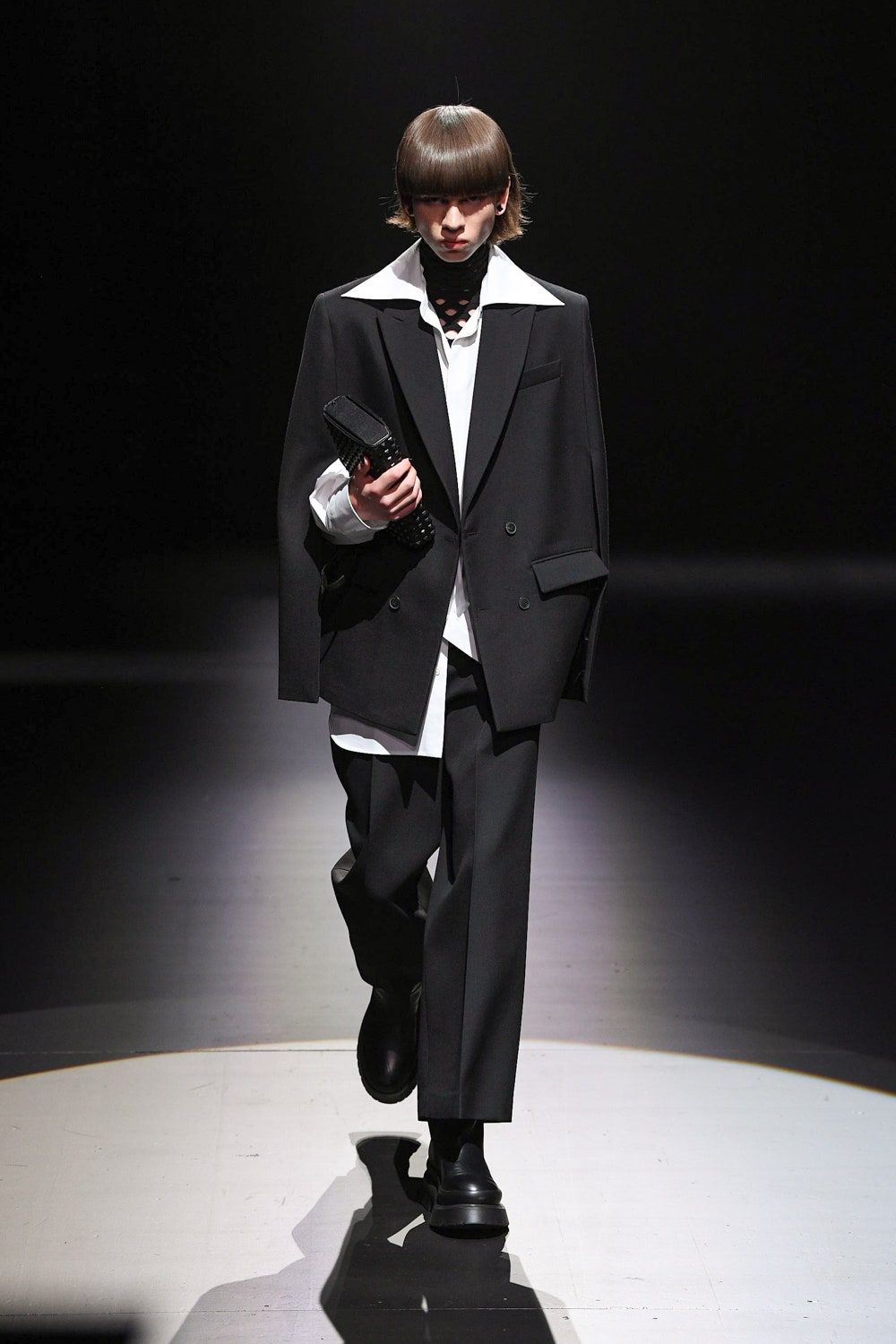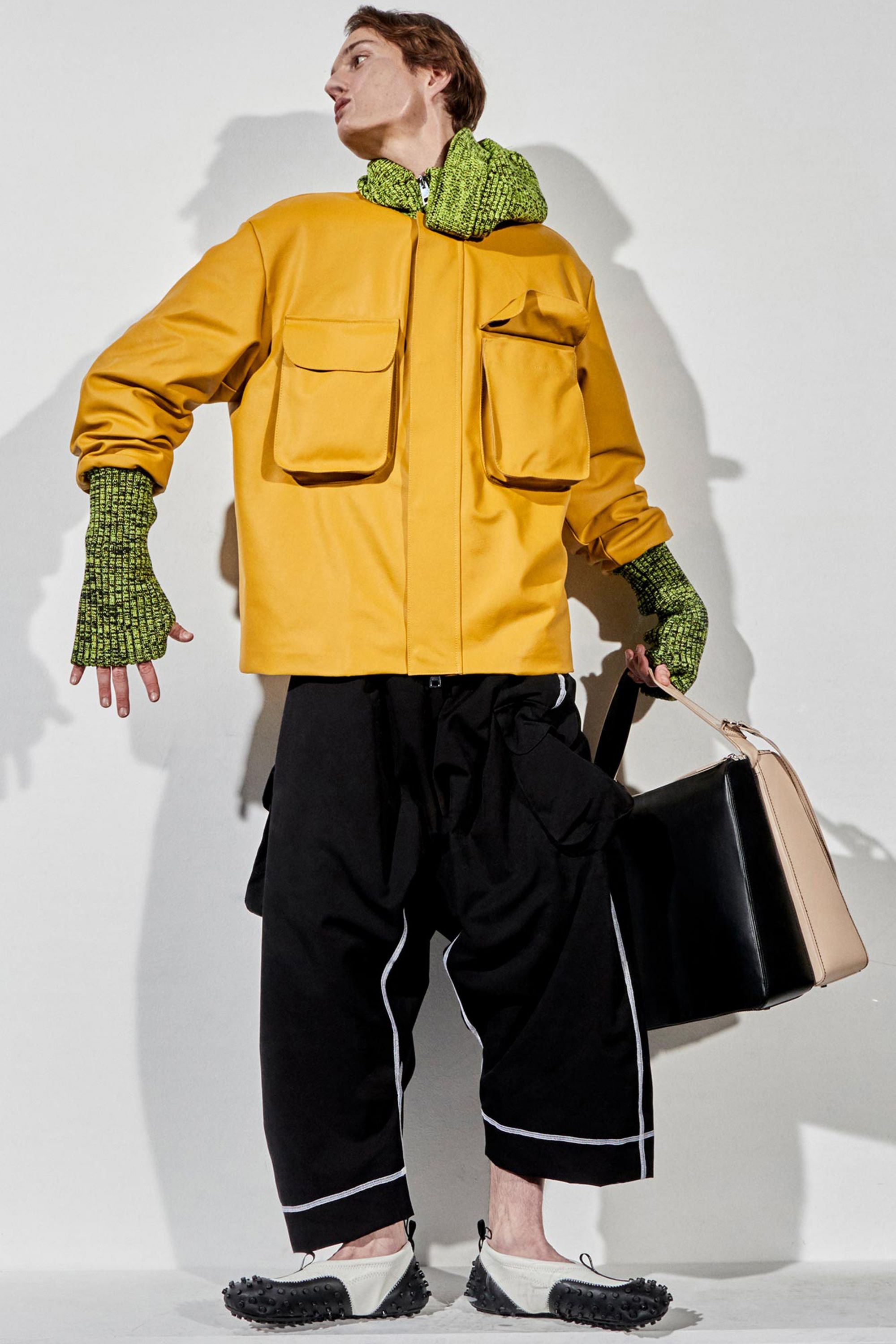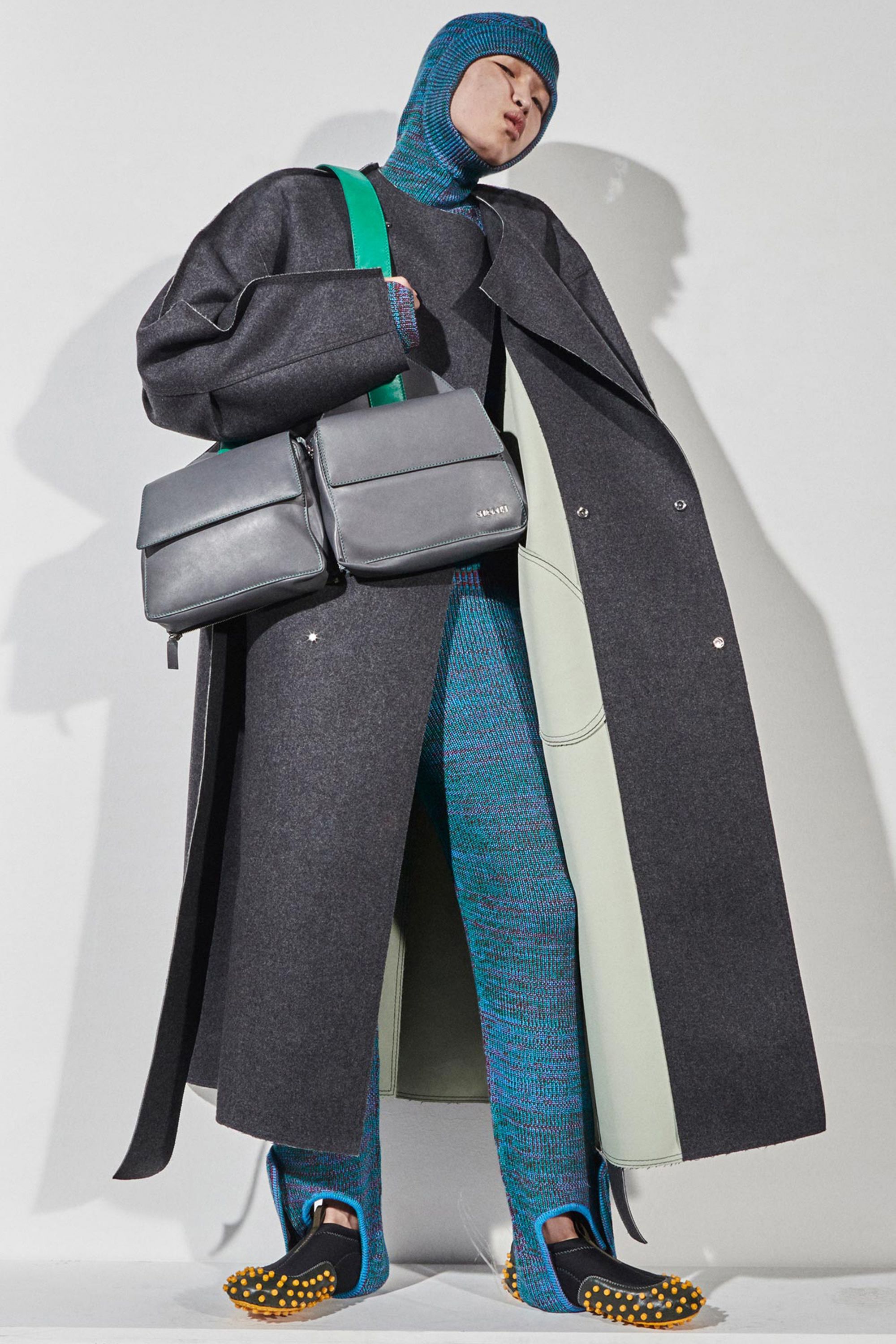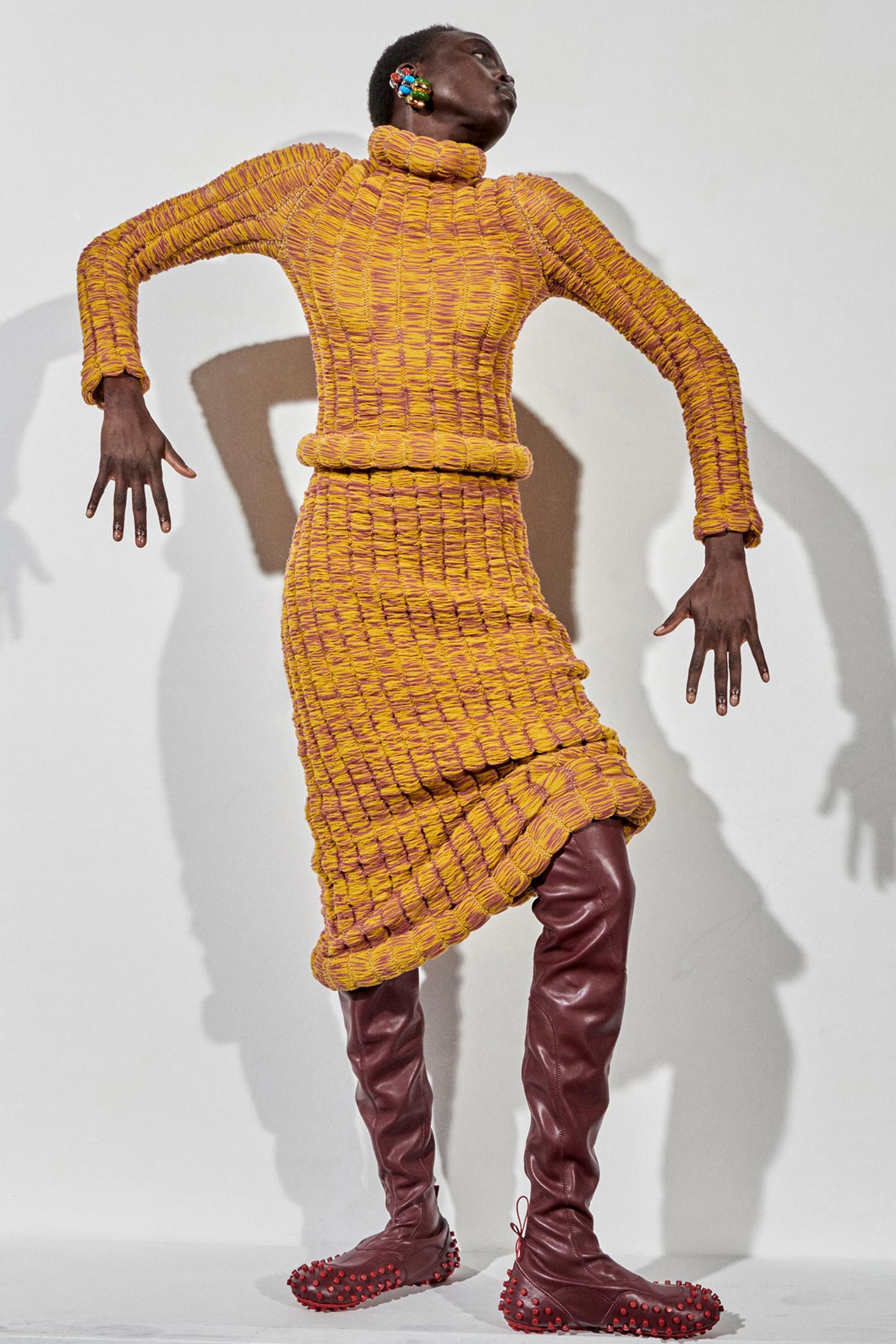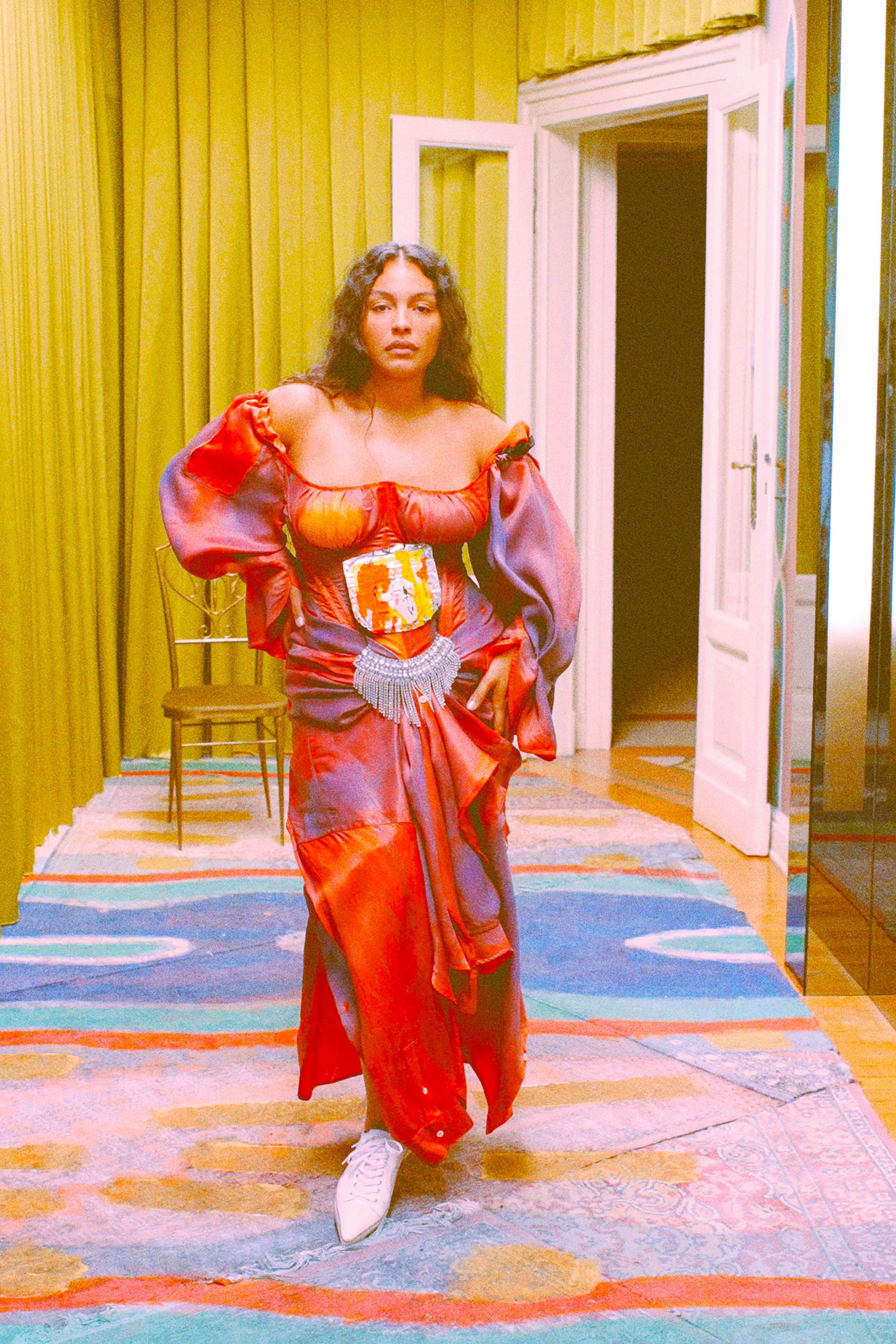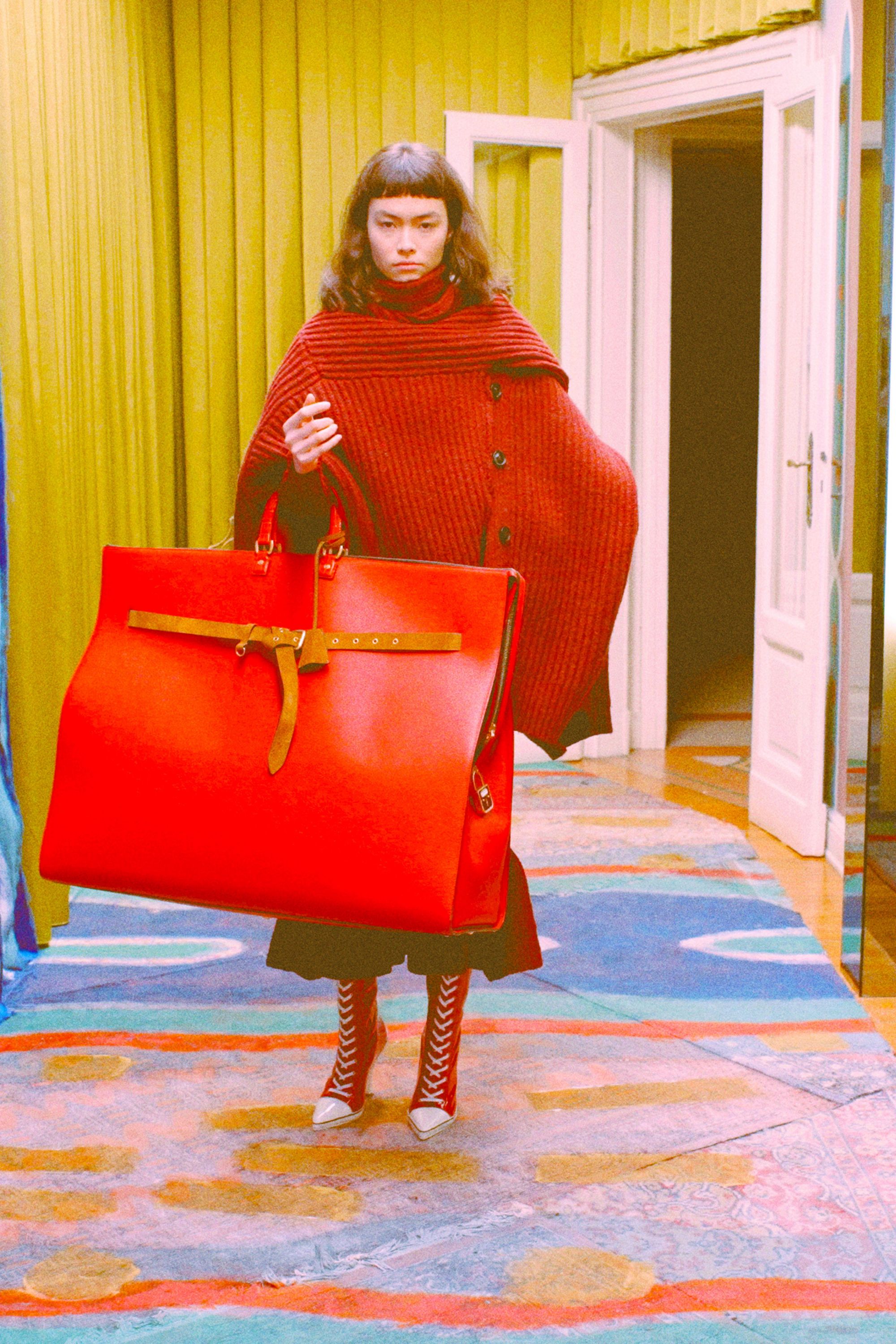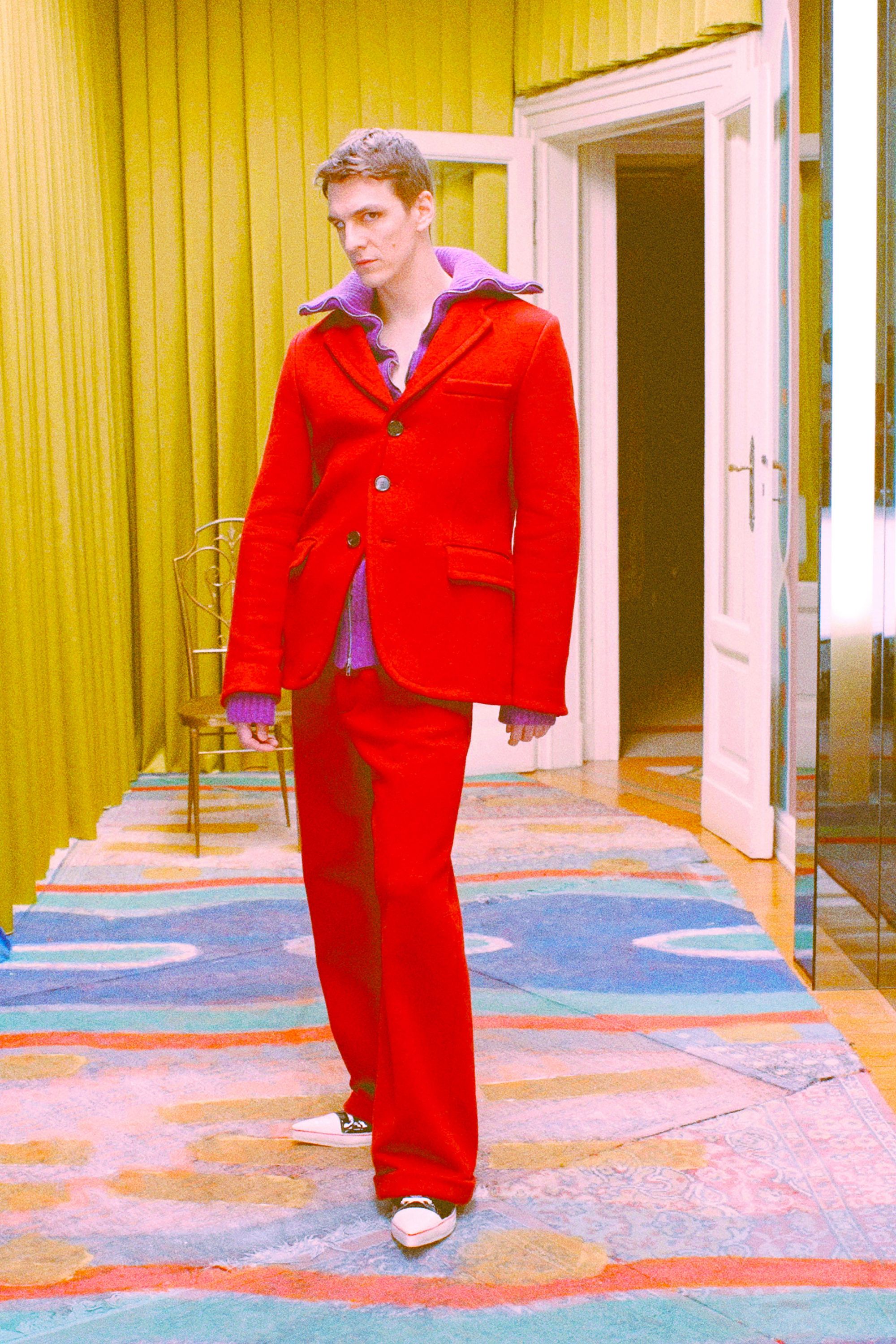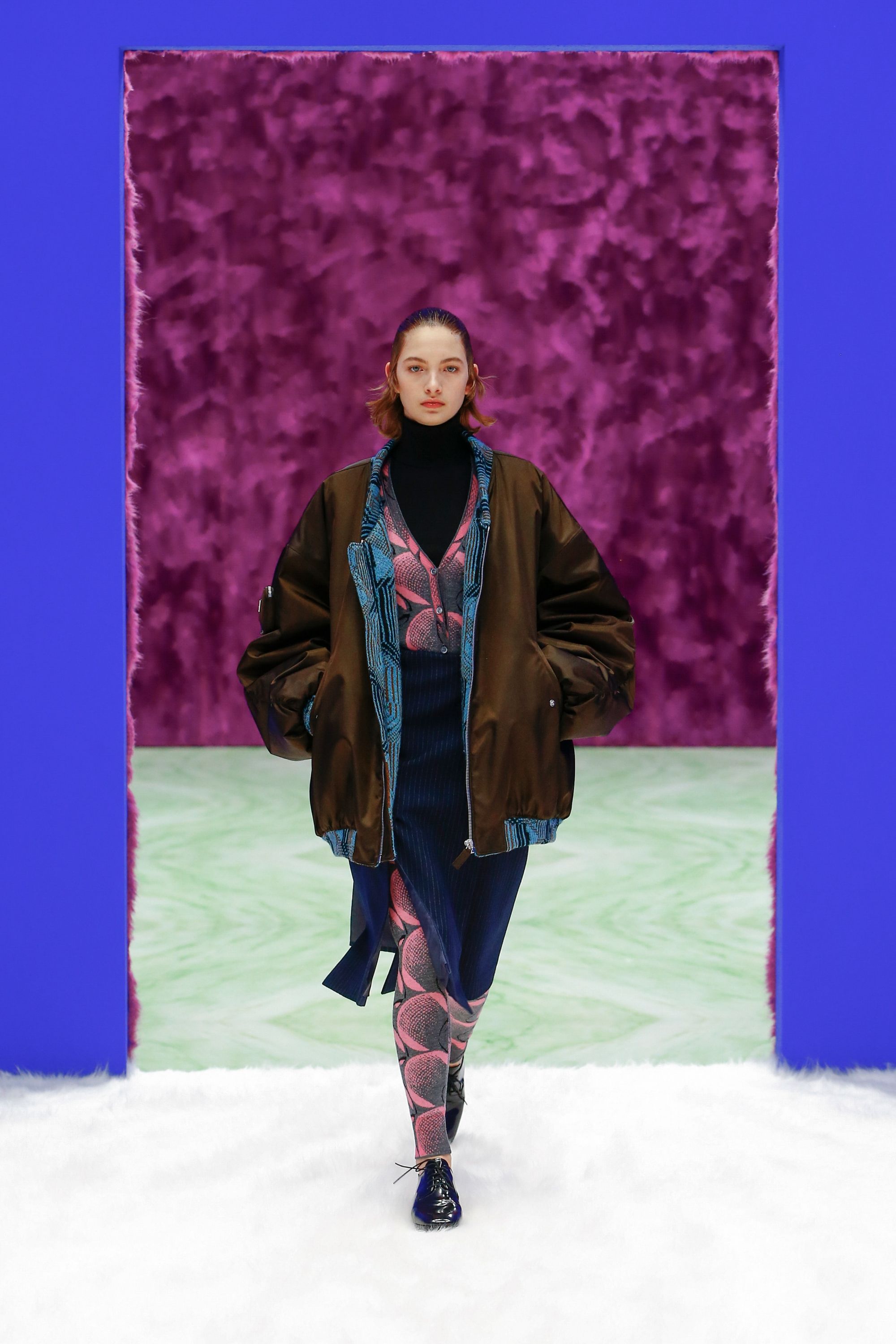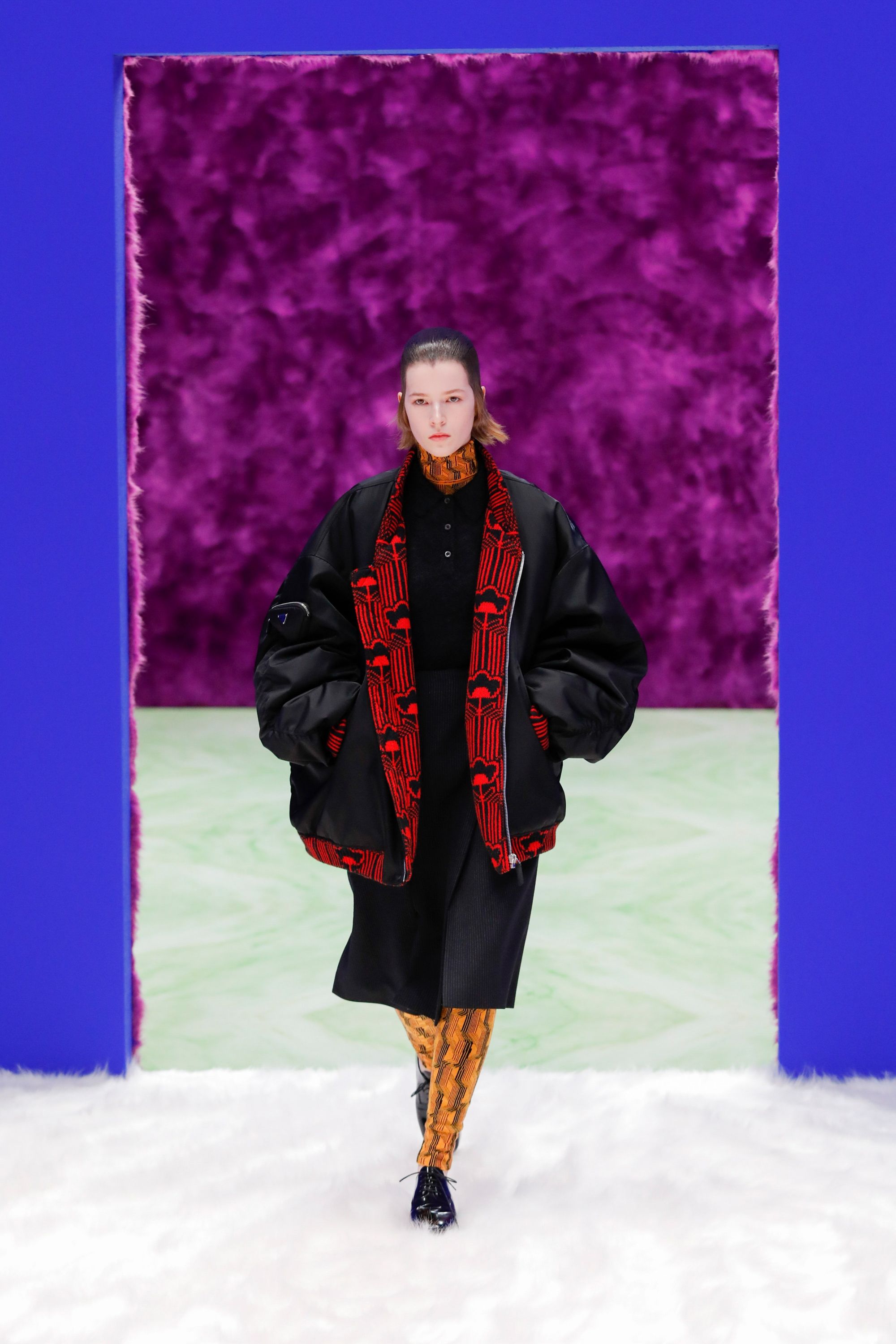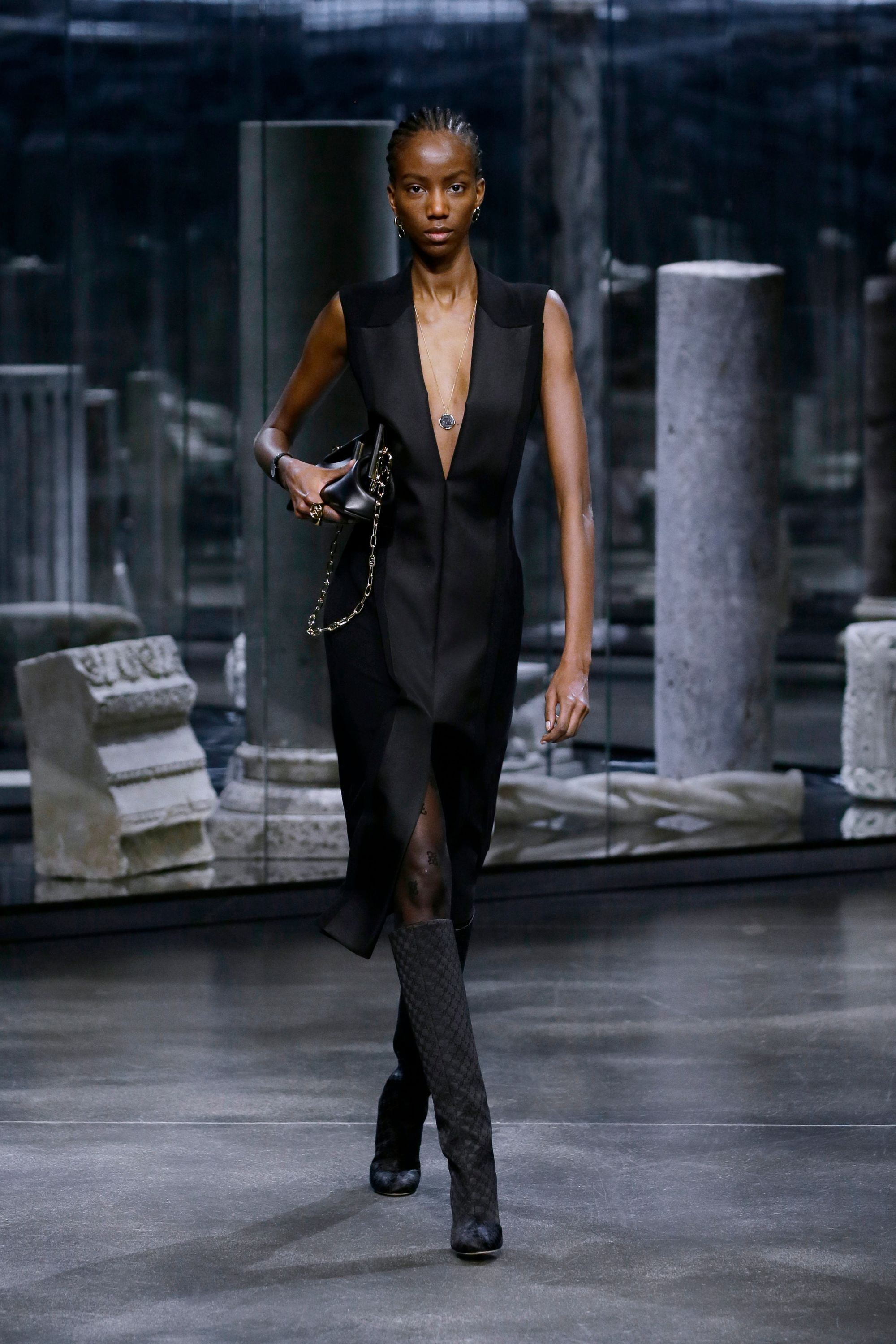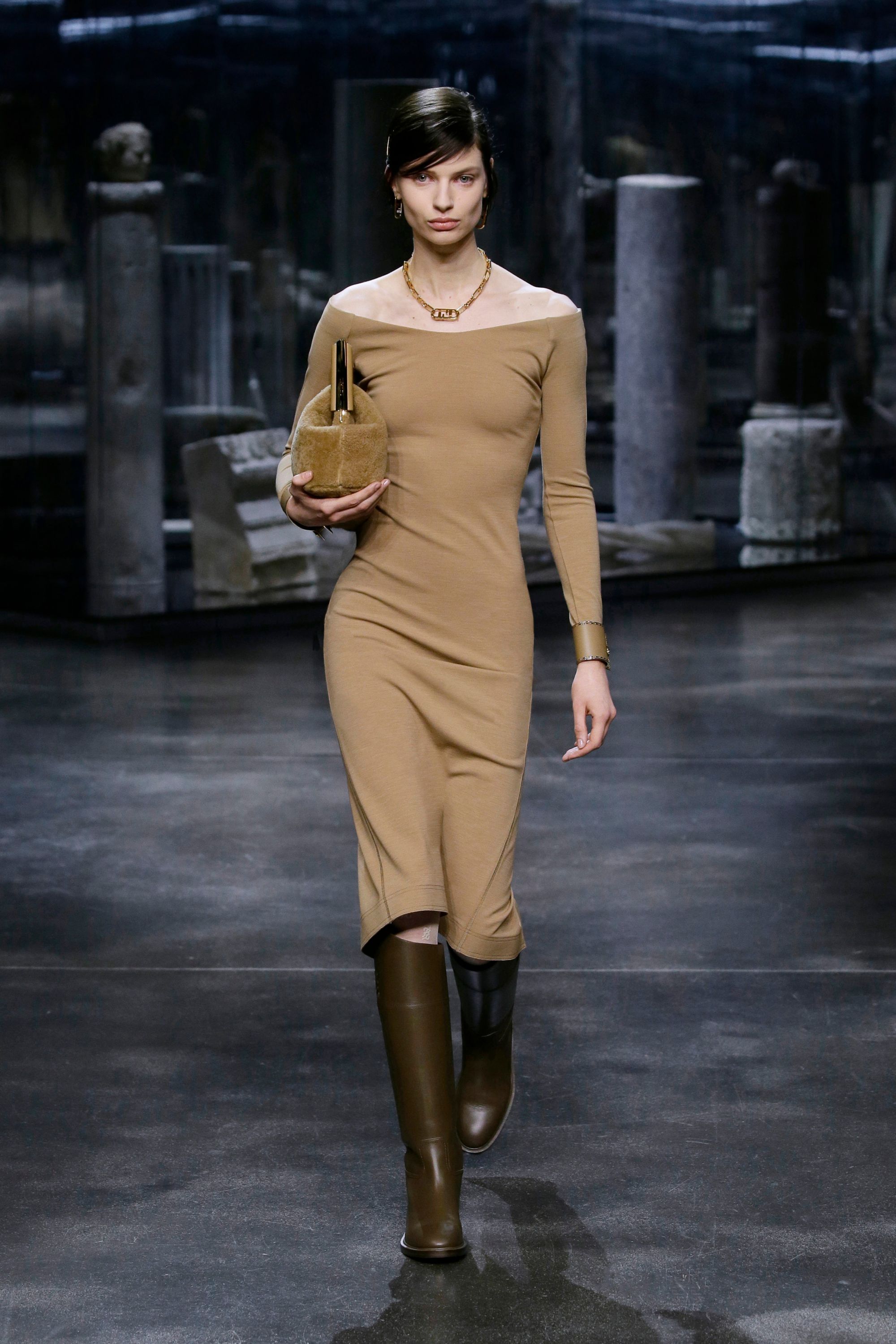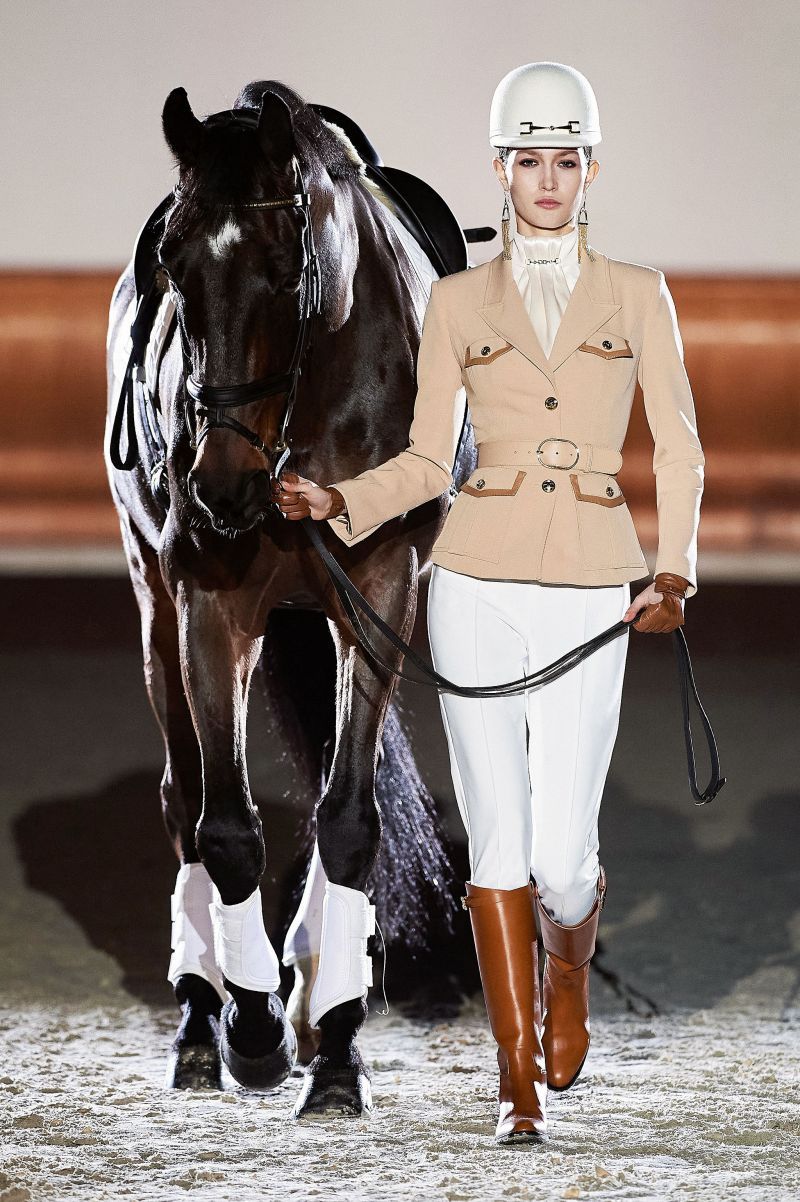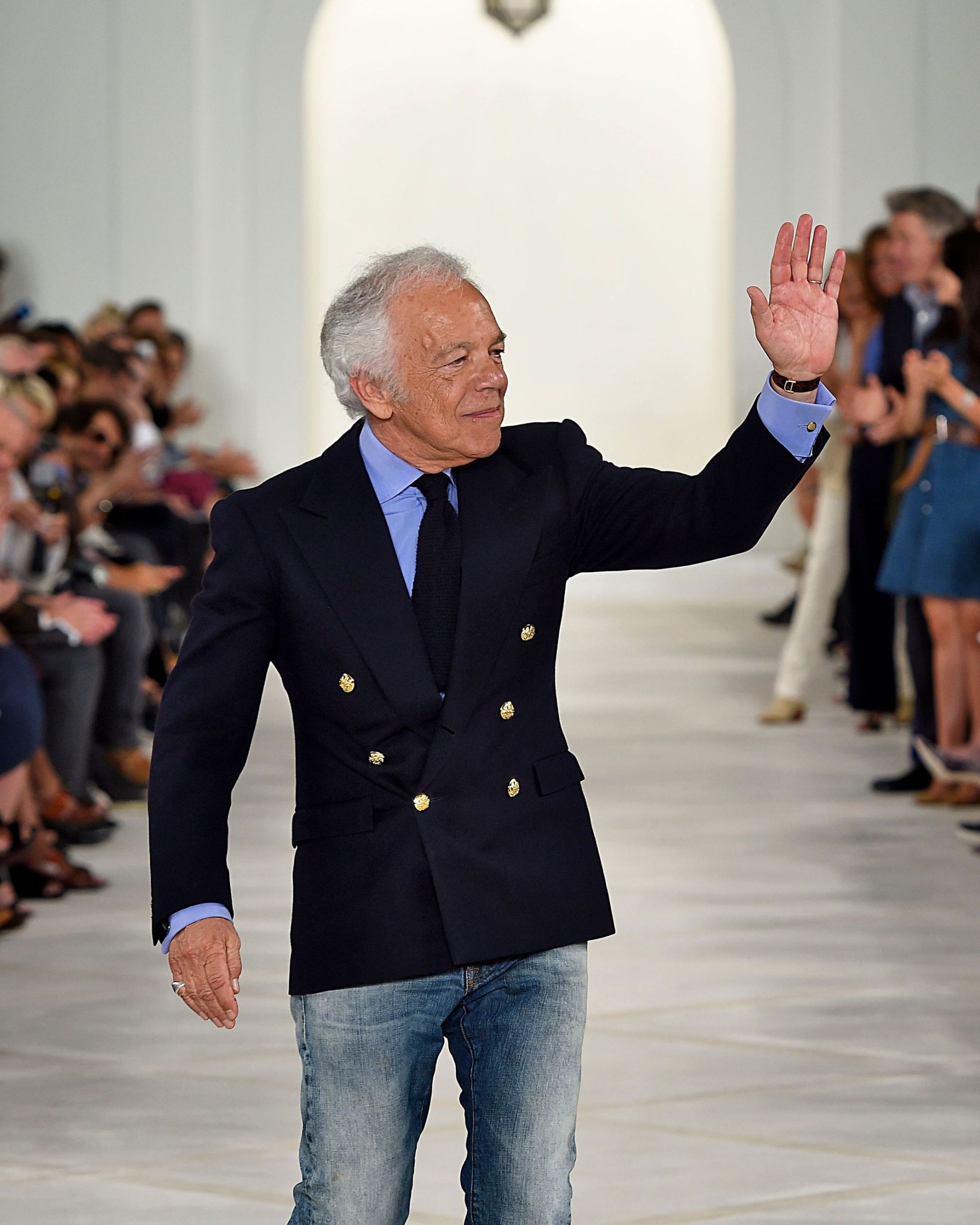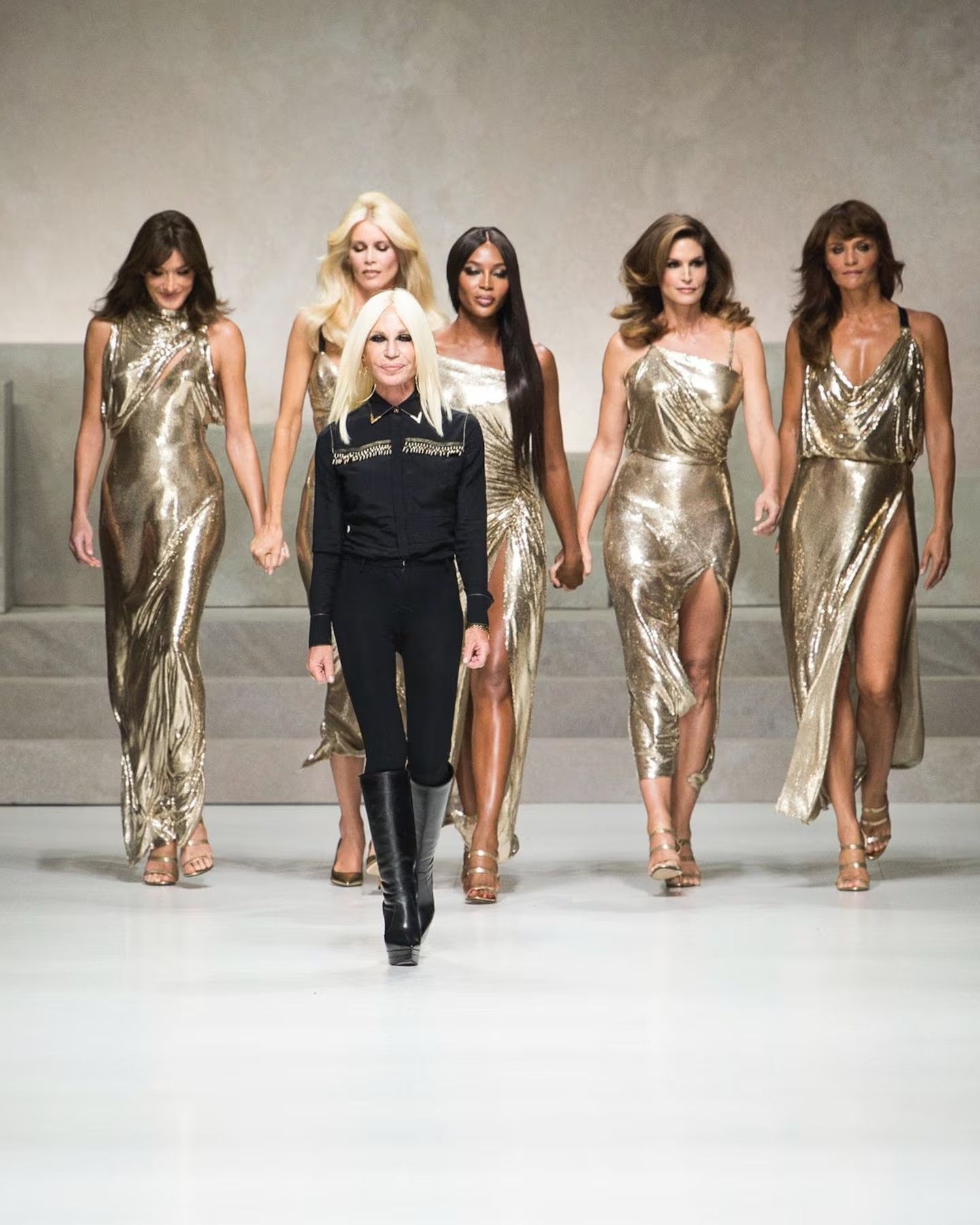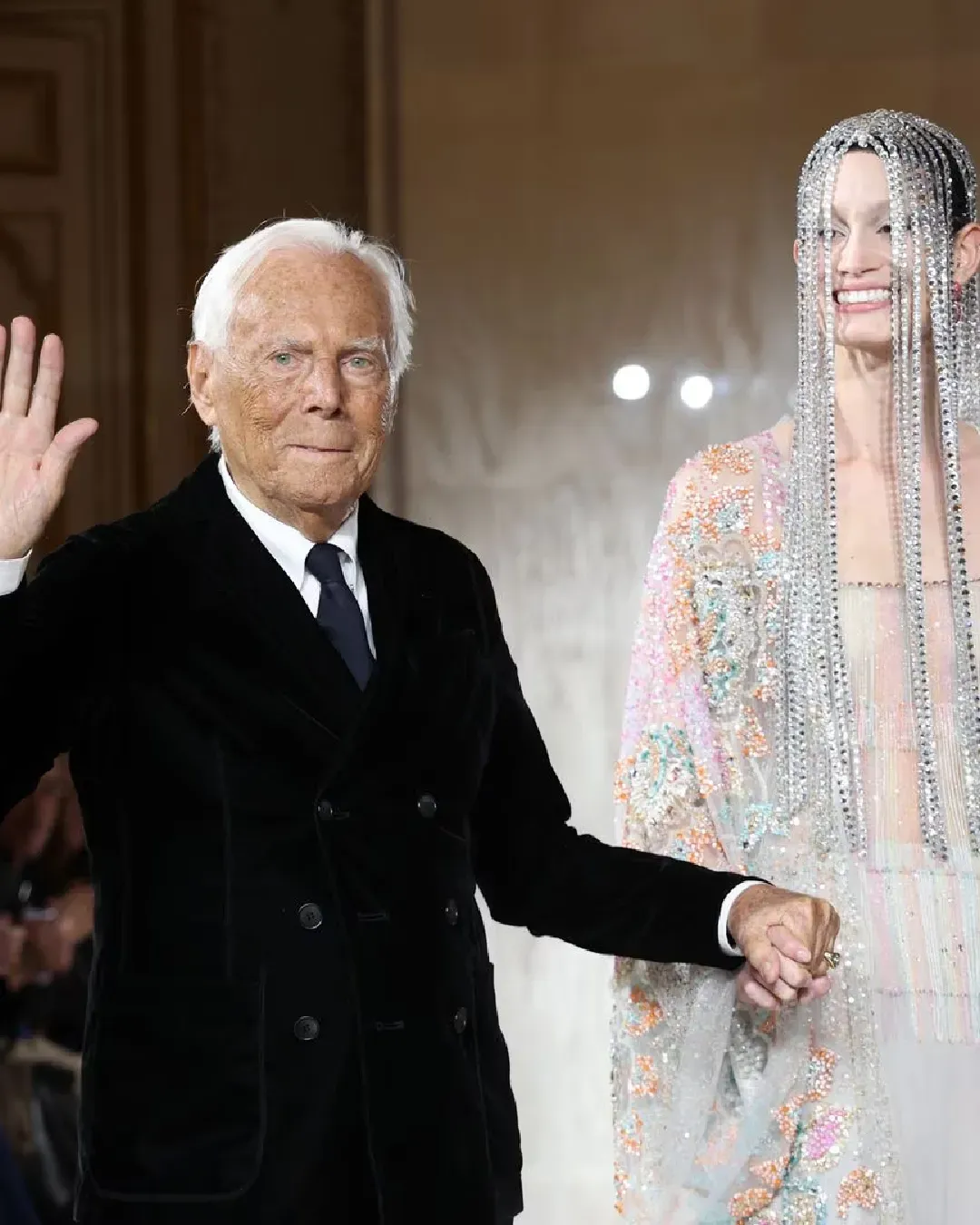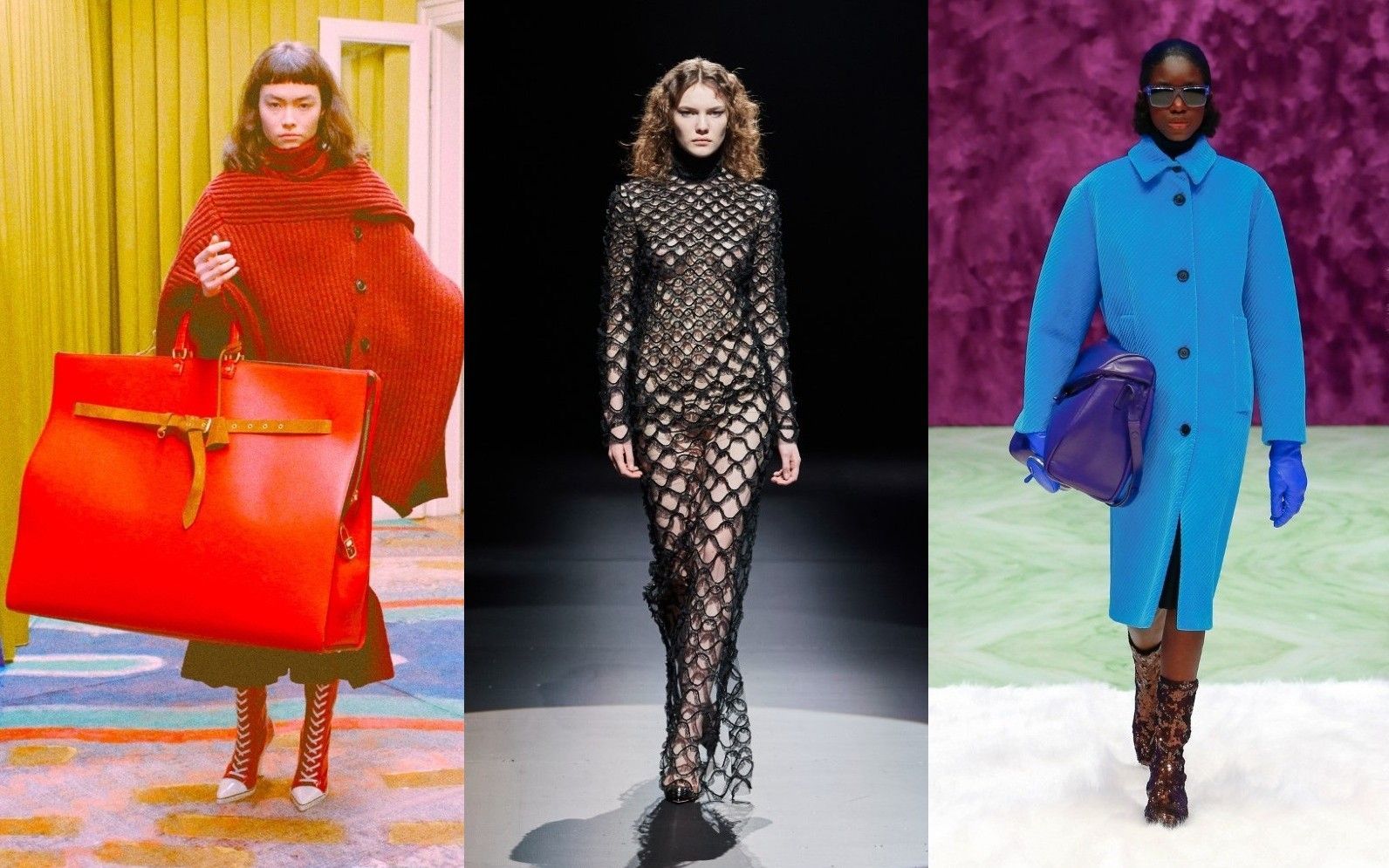
What went down at the Milan Fashion Week Women's FW21 Let's take stock of the week just passed
The edition of Milan Fashion Week Women's FW21 just ended was, despite the forced continuation of the digital format, a moment of strong recovery for Milanese fashion that, after a men's fashion week devoid of great bite, began to divide, excite and make discussion – all unmistakable signs of life for a creative industry that cannot afford to prevaricate. The lack of some of the most illustrious and famous brands, on all Gucci, Bottega Veneta and Versace, has left room in the calendar even to less showy but no less deserving of attention. The public's attention has been catalyzed by moments such as Kim Jones' debut in Fendi's ready-to-wear, Raf and Miuccia's second women's collection and Valentino's refined show at the Piccolo Teatro in Milan but there have been excellent debuts, innovative digital presentations and unforeseen and surprising turns.
The big players
While the dialogue between the two creative co-directors has continued at Prada, finding greater balance and reconfirming the aesthetic coherence of the Men's collection presented in January with the Women's one, it remains true that Raf Simons should assimilate the polite and cultured eccentricity and the sense of human warmth that is unleashed from all of Miuccia's collections – although as an audience we should do well to remember that fashion houses change, Raf Simons did not come to Prada to emulate anyone but to continue a speech started forty years ago by Miuccia with his own voice. Almost specularly, human warmth was a bit of the founding value around which Kim Jones structured his first Fendi collection which, however, despite the matriarchal magnificence he tried to evoke, did not go too far with design, producing a collection that definitely has a luxury aura but also remains very conventional. To make a judgment on Jones' work we will still have to wait a while: for every designer, even the most established, the first collection of a new brand is always difficult and it takes two or three to find harmony between their personal language and the imagination linked to a maison that has been established for decades.
Pierpaolo Piccioli at Valentino, on the other hand, showed a laudable aesthetic rigor with a collection with a very limited color palette and decorated with latticed patterns declined in every possible version. The frame of the video, that is, the Piccolo Teatro di Milano, has also added a pleasantly territorial nuance to the work of Piccioli, who from season to season is refining his language better and better. Sunnei's collection has also been a positive highlight – with the design language of Loris Messina and Simone Rizzo evolving from collection to collection in a very controlled, light and smudge-free way. Marni also made the center with a presentation divided by meals (breakfast, lunch and dinner) the extravagant beauty of Francesco Risso's creations was staged, which at the second collection created under lockdown, gave its best both by distorting the appearance of common objects, and by mixing a subtle and intelligent irony with its more subversive mood.
The three macro-trends
Various macro-currents have instead settled in the rest of the collections. One is bourgeois and high-ranking, with the women-dandy of Tod's, the country club Amazons by Elisabetta Franchi (reminiscent of certain à-la-Chanel atmospheres), the unscrupulous lace of Ermanno Scervino, the classic but very modern elegance of Max Mara and a Giorgio Armani that isn't sparkling but at least is more relaxed. A second macro-current, similar to the first, is nocturnal, a bit Gothic and vampiric, followed for example by Alberta Ferretti and Grazia Malagoli of Sportmax, but also by the femmes fatales by Alessandro Dell'Acqua of N°21 and the theatrical alien beauties of the newcomer Del Core. Finally, another macroarea is youthful and clubbing-ready: there are the pop world of MSGM and the ballroom between the punk and post-bourgeois of MM6 Maison Margiela, there are remixes of philosophy's academia aesthetic by Lorenzo Serafini and the 80s revival of Missoni and the kaleidoscopic eclecticism of Etro, there is the usual orgy of colors and sparkles by Dolce & Gabbana, there is also the cyberpunk turn of Salvatore Ferragamo (one of the most pleasant surprises of the season) , the joy of Moschino, which for once was fun and measured although always on the threshold of excess, and the nostalgia trip towards the early 2000s of Blumarine, perhaps one of the most divisive collections of this edition but still with a strong character and a clear and precise inspiration.
In general, however, this edition of Milan Fashion Week Women's has revealed that, lockdown or not, the creative energies of Milan are not willing to succumb, on the contrary, they are perhaps more gallary than before. It is perhaps the digital format that deserves a closing reflection: in recent shows, the virtual fashion show has turned out to be a very expressive medium and open to creative contaminations of all kinds, at the same time the perfect balance between real collections and the storytelling of the same has not yet been achieved. The digital format, however, has given all members of the press to observe the women's collections at ease, managing to appreciate even those of new or not-hyped brands without the usual chaos that, in the frenzy of presentations, often ends up bringing out only those high-profile shows that few players on the Milanese scene can afford.











































